Research
A collection of ongoing research and inspiration across design, technology, photography, and more collected in Are.na. Over the years I've developed a deep fascination for the visual image in culture, sports, photography, internet-culture, technology and fashion. Follow me on Are.na.
calendar app that overlays to-dos from over the years on the same date like sedimentary rocks to create a personal geologic time scale
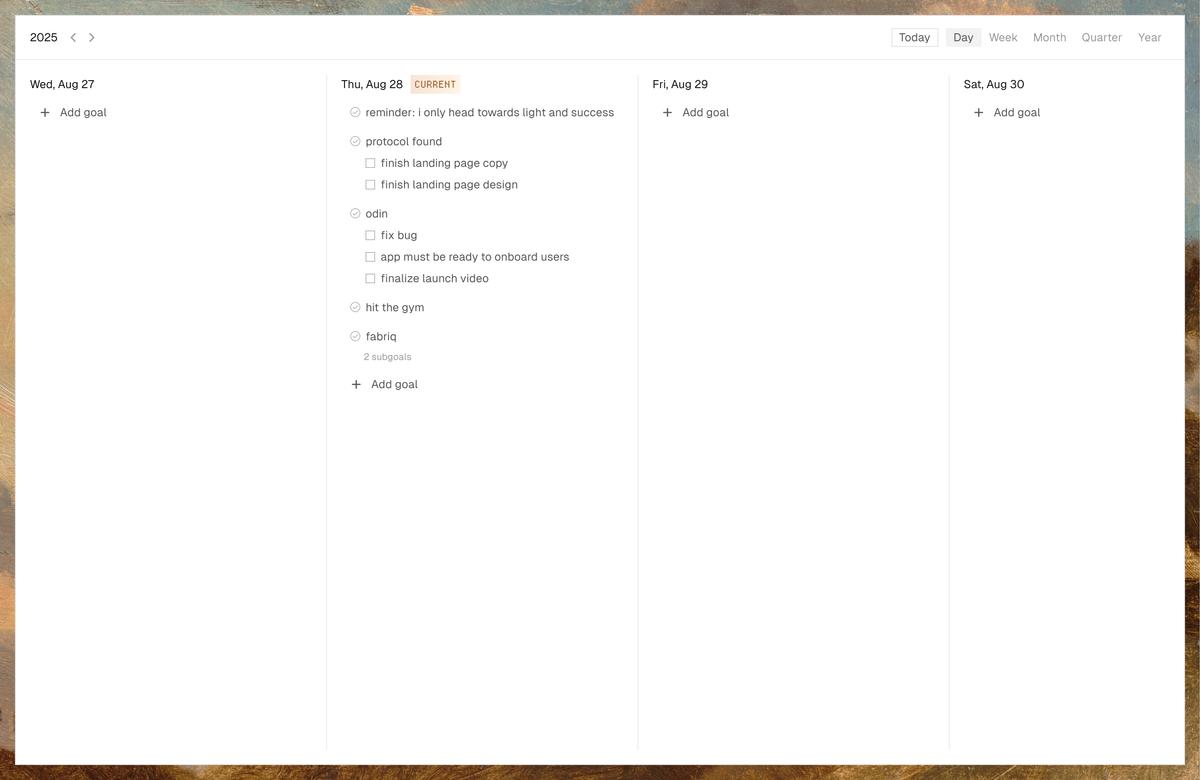
We spend time, save time, take time, and make it; manage, track, and save it; we kill time, we pass it, we waste it, borrow, and steal it. We abuse time and it beats us back up, either in retribution or self-defense. It’s a zero-sum perspective of the material of our lives; it makes us prisoners to our own utility. The AI said nothing about love, loyalty, or enthusiasm. When you wrap those up, it becomes clear that the best thing to do with time is to devote it. That is how you get time on your side. When you are working with time instead of against it, every bit matters, it all counts, even the fallow times, the empty times, the time off the path.
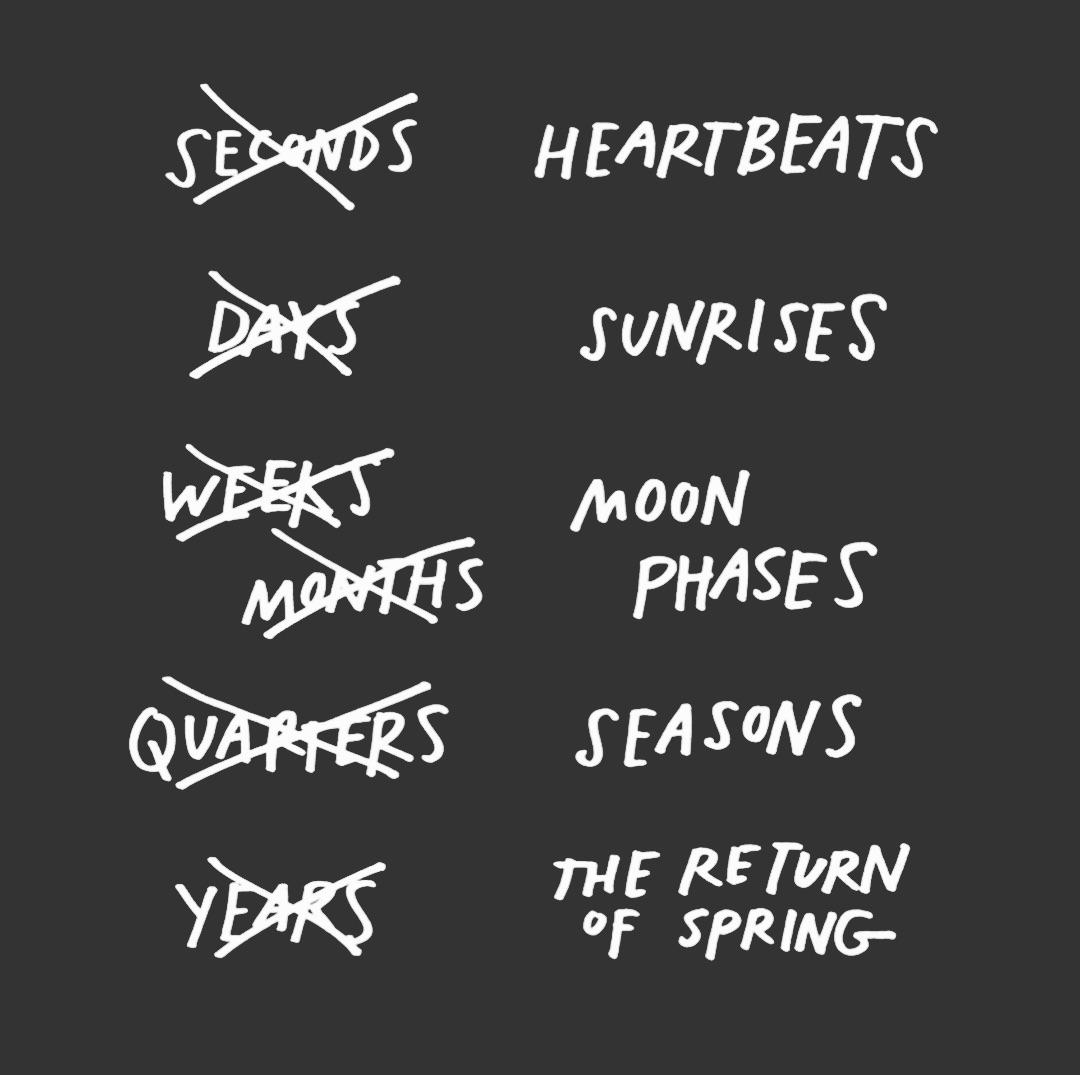
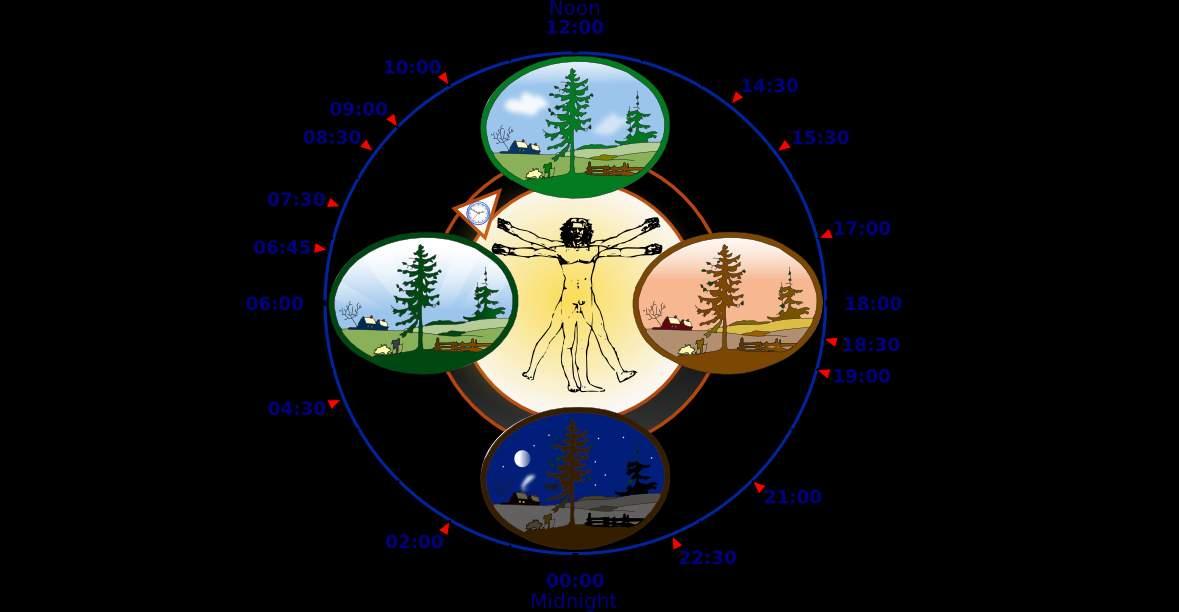
Time and the Future
163What is artificial complexity? Offering a simple solution is not always in the best interest of a problem solver. If problems would be so easy there won’t be a market for all those savior ‘problem solvers’. There is some kind of incentive to make a problem a bit more complex. Just add that tiny bit of complexity to the recipe so you can sell it as some big magical thing. This misalignment in incentives has a major problem. The world gets crowded with complex solutions to simple problems.
Bureaucracies keep eating the freed workforce "Bureaucracy expands to meet the needs of the expanding bureaucracy" --Oscar Wilde
The Gordian Knot Never pay for complexity of presentation when all you need is results. Alexander the Megalos was once called to solve the following in the Phrygian city of Gordium (as usual with Greek stories, in modern day Turkey). When he entered Gordium, he found an old wagon, its yoke tied with a multitude of knots, all so tightly entangled that it was impossible to figure out how they were fastened. An oracle had declared that he who would untie the knot would rule all of what was then called “Asia”, that is Asia minor, the Levant, and the Middle East. After wrestling with the knot, the Megalos drew back from the lump of gnarled ropes, then made a proclamation that it didn’t matter for the prophecy how the tangle was to be unraveled. He then drew his sword and, with a single stroke, cut the knot in half. No “successful” academic would ever follow such policy. And no Intellectual Yet Idiot: for instance it took medicine a long time to realize that, when a patient shows up with a headache, it much better to give him aspirin or recommend a good night sleep than do brain surgery, although the latter appears to be more “scientific”.
It took medicine a long time to realize that when a patient shows up with a headache, it is much better to give him aspirin or recommend a good night’s sleep than do brain surgery, although the latter appears to be more “scientific.” But most “consultants” and others paid by the hour are not there yet.
Philosophers making things more complicated then necessary http://paulgraham.com/philosophy.html?viewfullsite=1 Curiously, however, the works they produced continued to attract new readers. Traditional philosophy occupies a kind of singularity in this respect. If you write in an unclear way about big ideas, you produce something that seems tantalizingly attractive to inexperienced but intellectually ambitious students. Till one knows better, it's hard to distinguish something that's hard to understand because the writer was unclear in his own mind from something like a mathematical proof that's hard to understand because the ideas it represents are hard to understand. To someone who hasn't learned the difference, traditional philosophy seems extremely attractive: as hard (and therefore impressive) as math, yet broader in scope. That was what lured me in as a high school student. This singularity is even more singular in having its own defense built in. When things are hard to understand, people who suspect they're nonsense generally keep quiet. There's no way to prove a text is meaningless. The closest you can get is to show that the official judges of some class of texts can't distinguish them from placebos.
Artificial Complexity
42
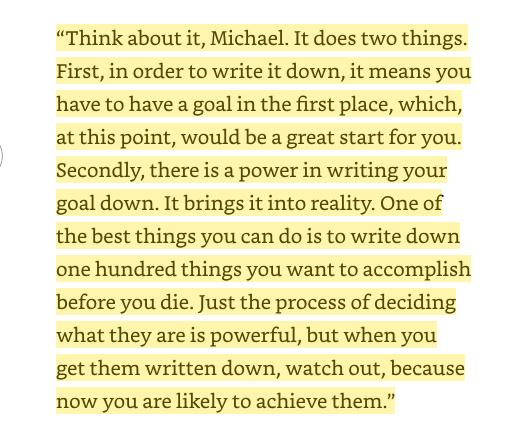
You sensed that you should be following a different path, a more ambitious one, you felt that you were destined for other things but you had no idea how to achieve them and in your misery you began to hate everything around you
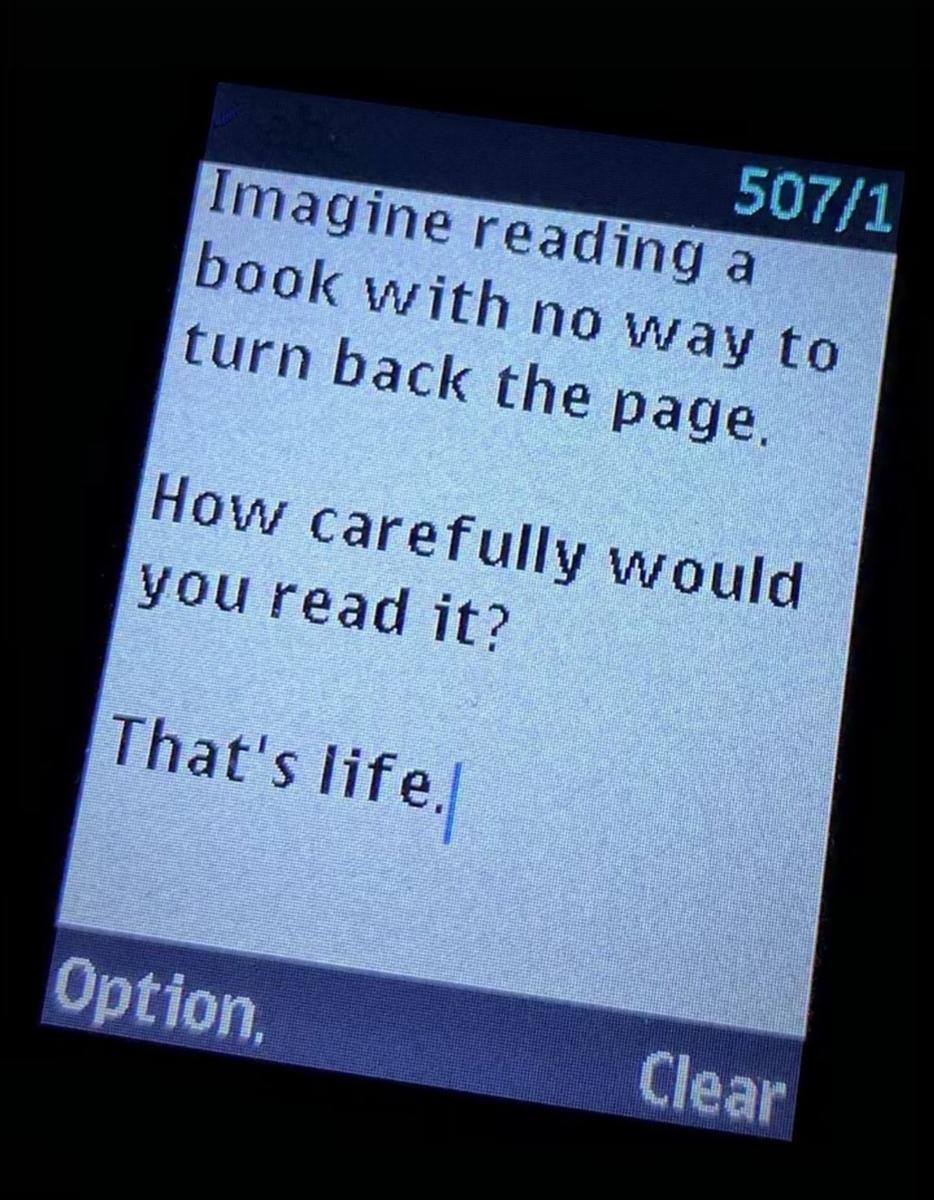
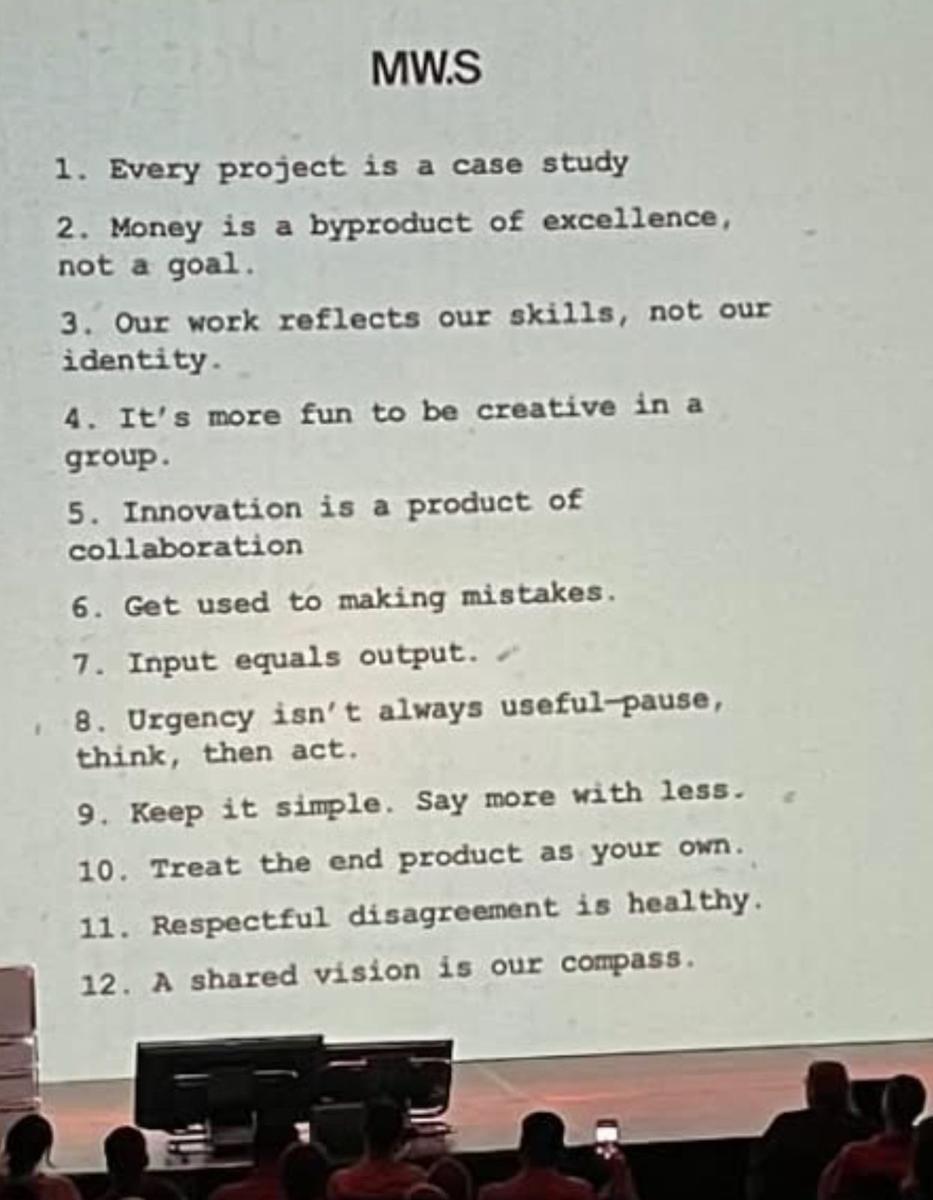
Words
45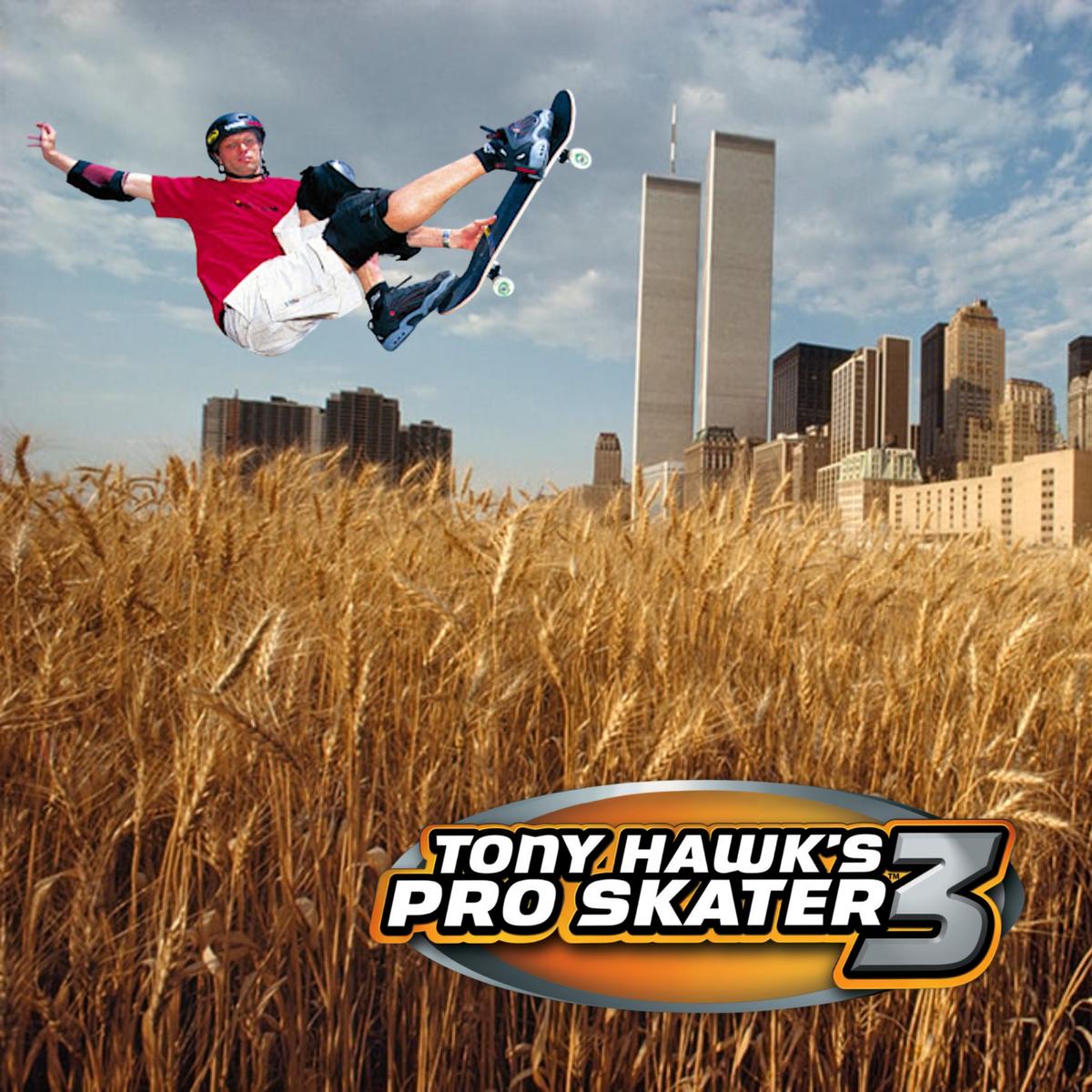
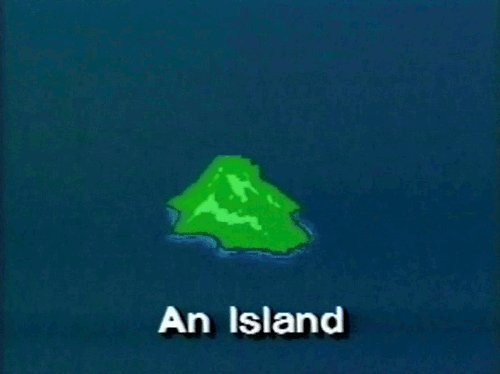
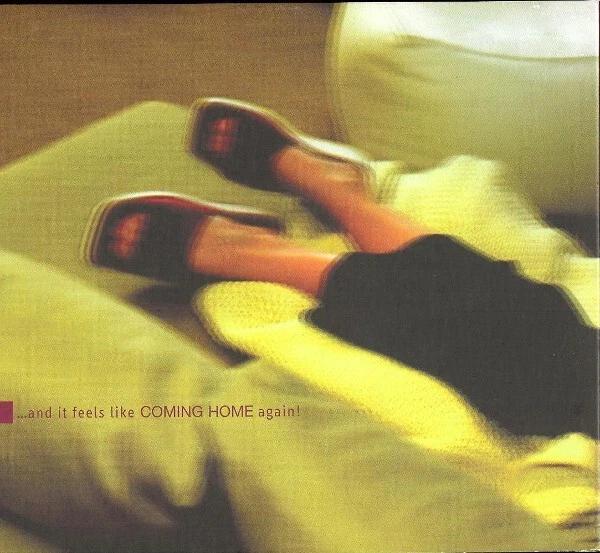
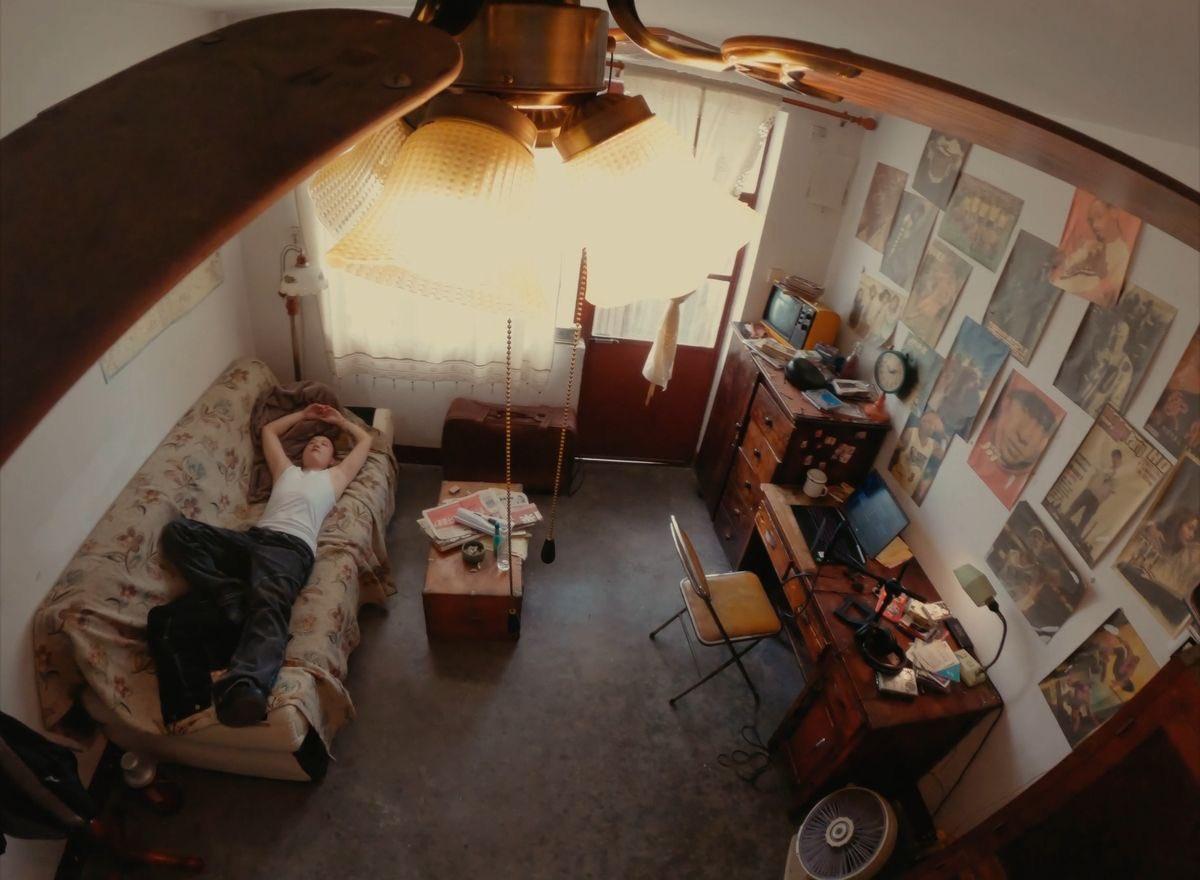

It's a Vibe
630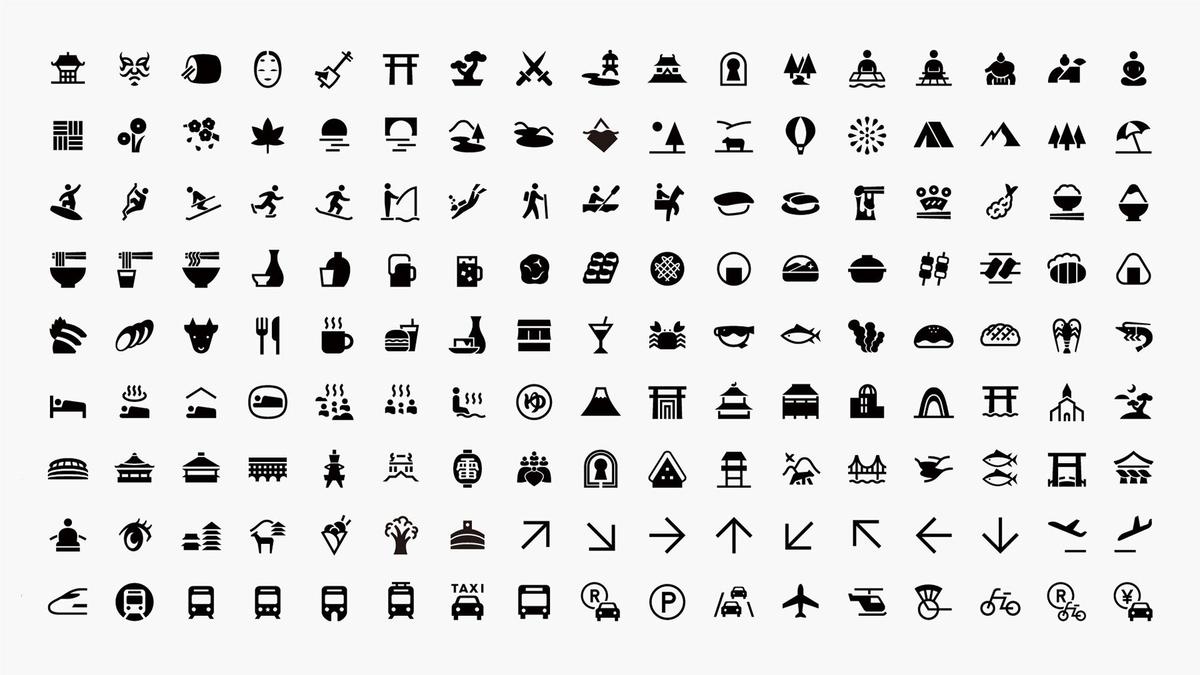
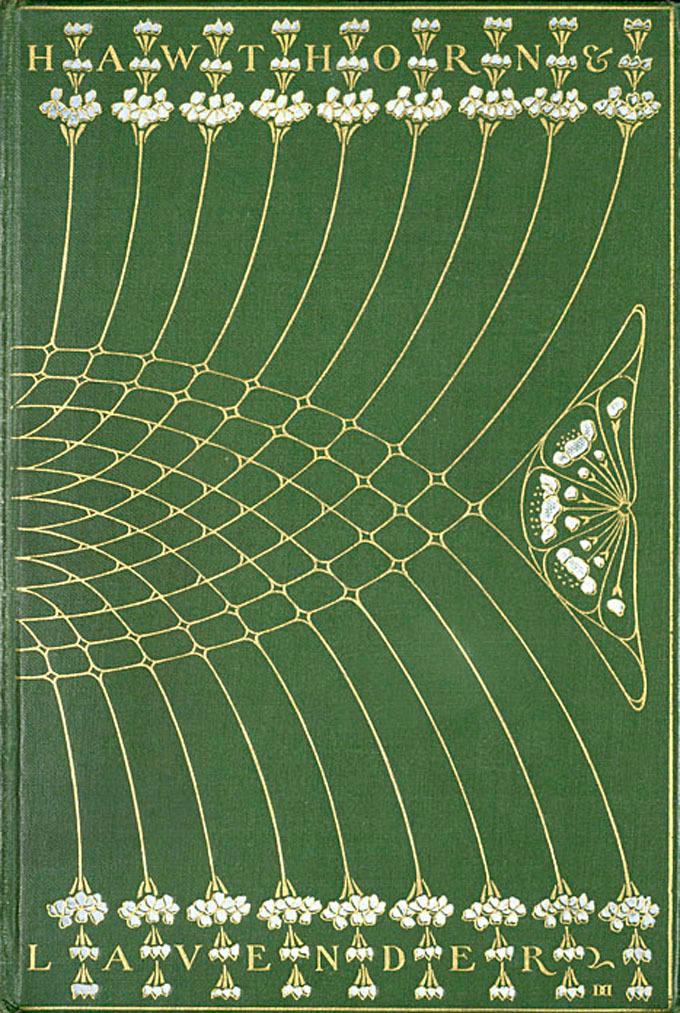
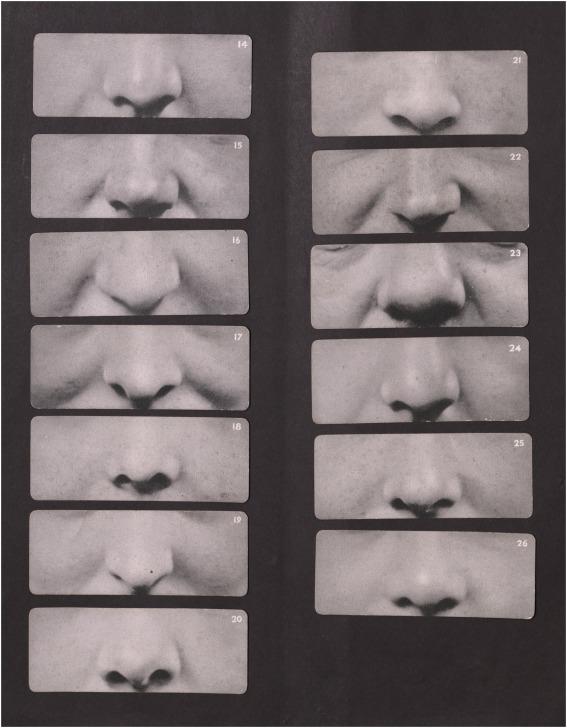
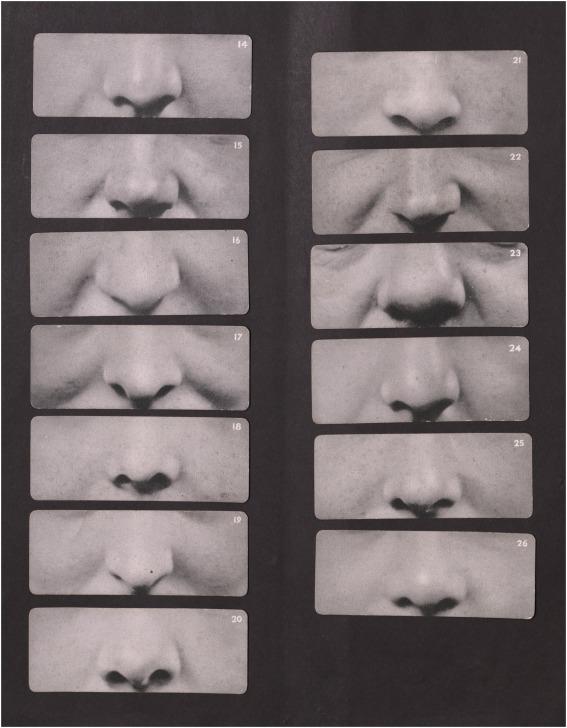
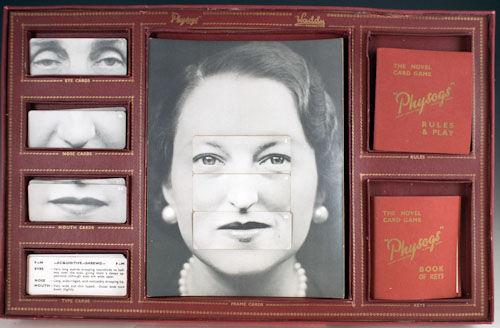
Graphic
373
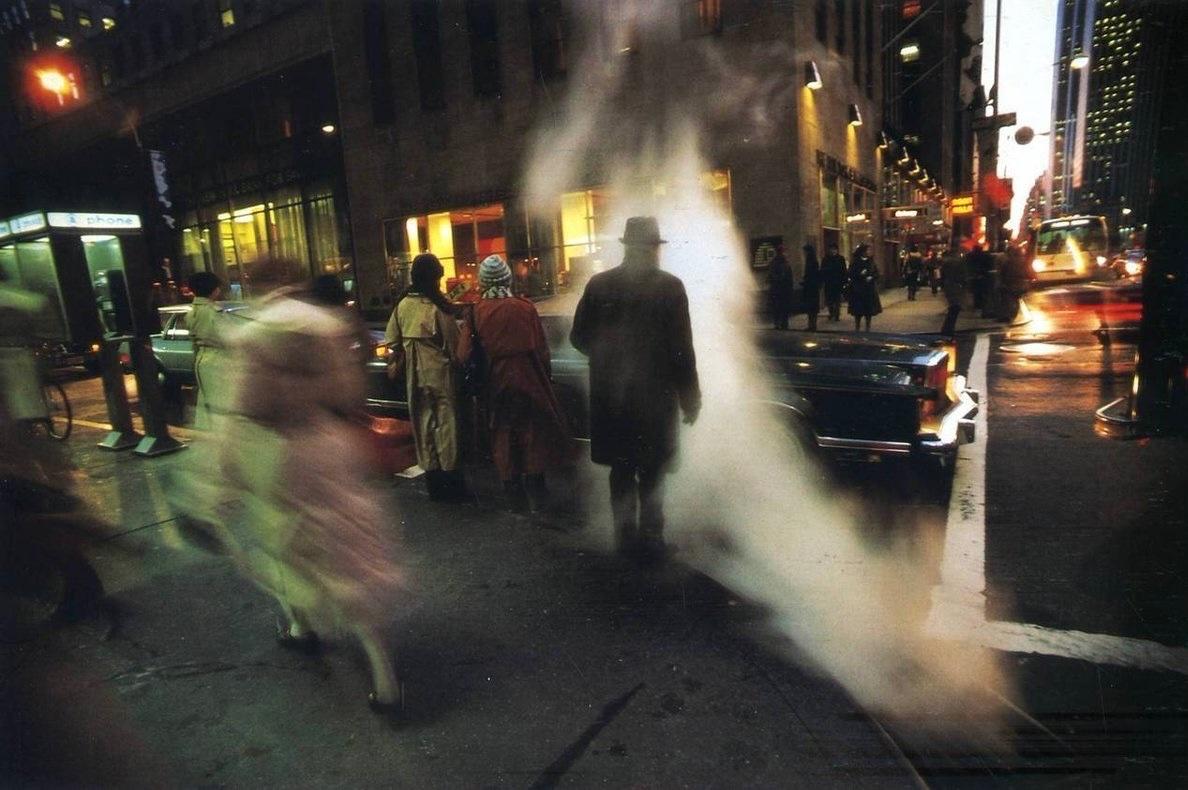
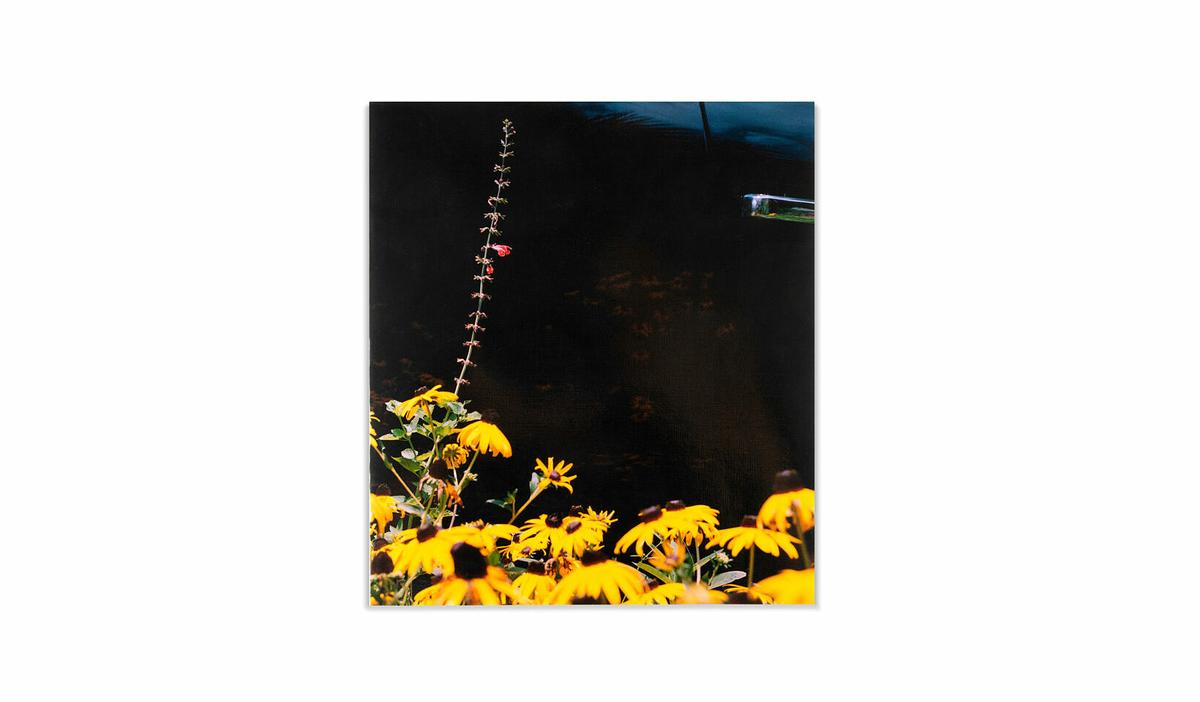

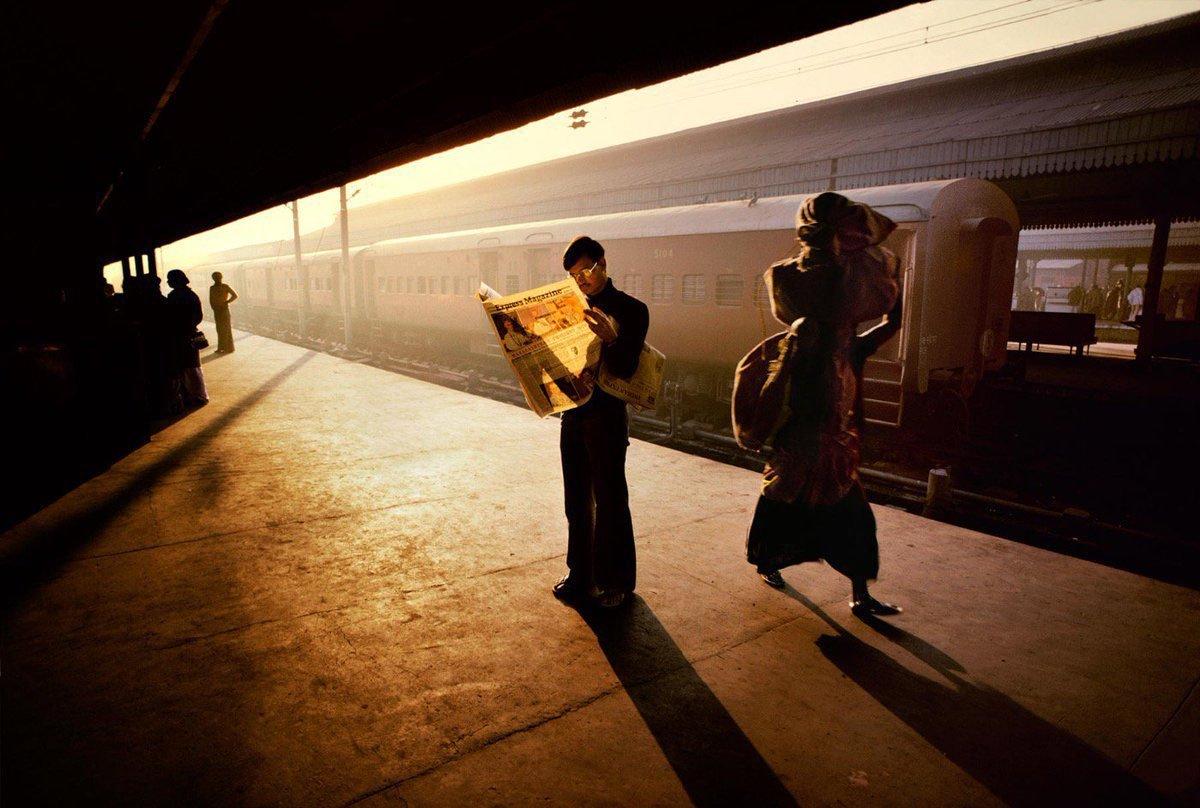
Photography
108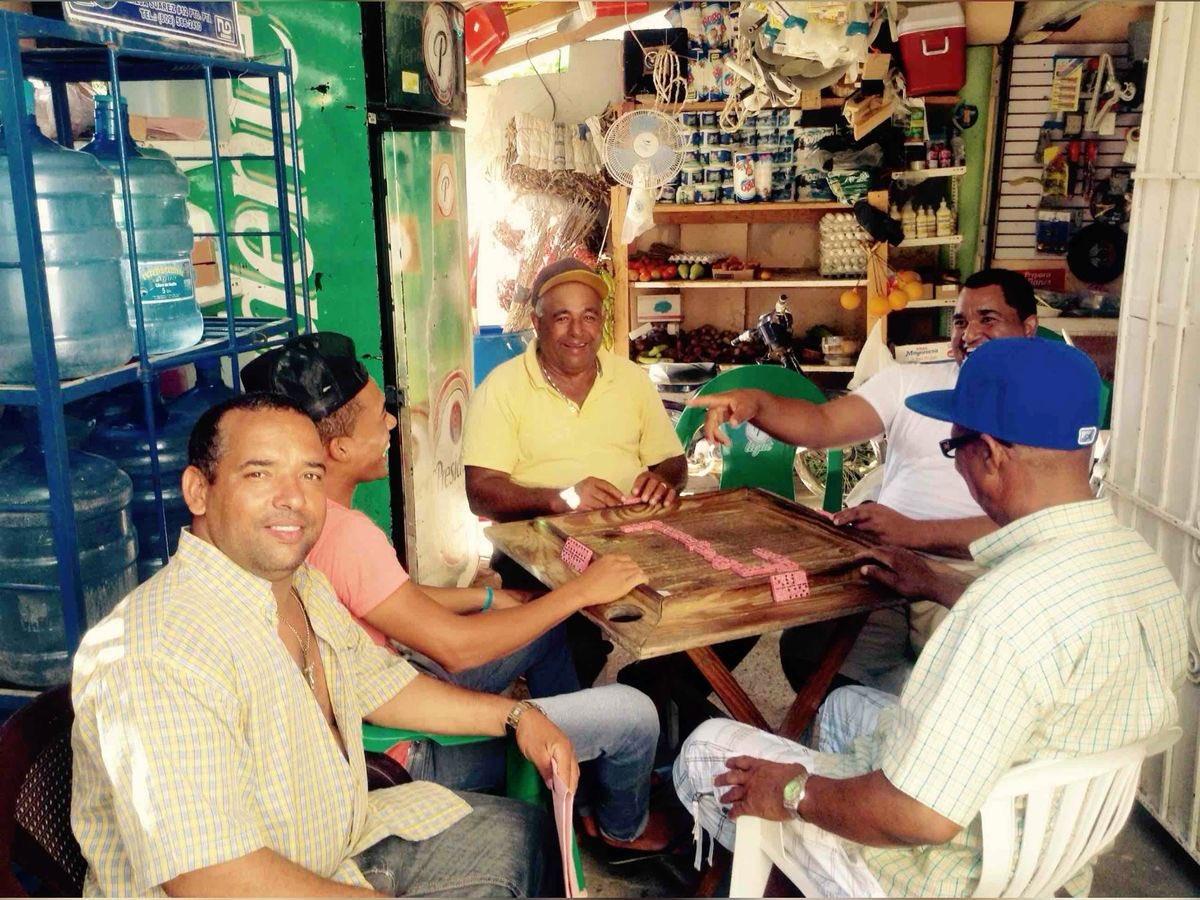

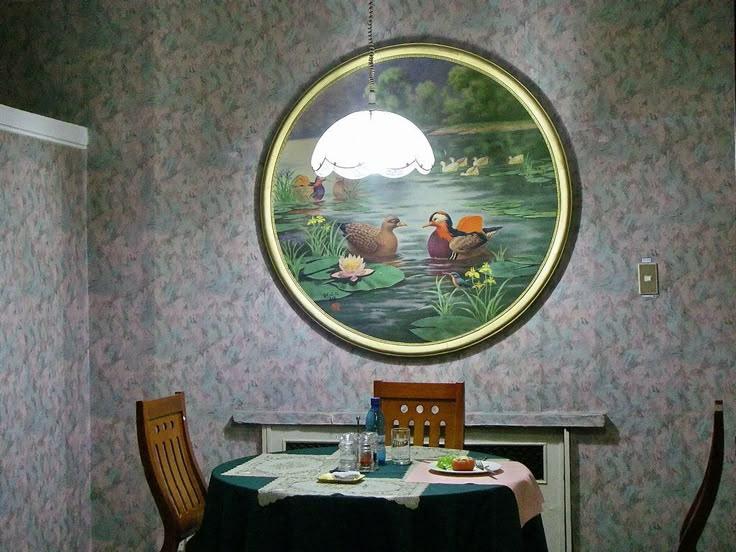

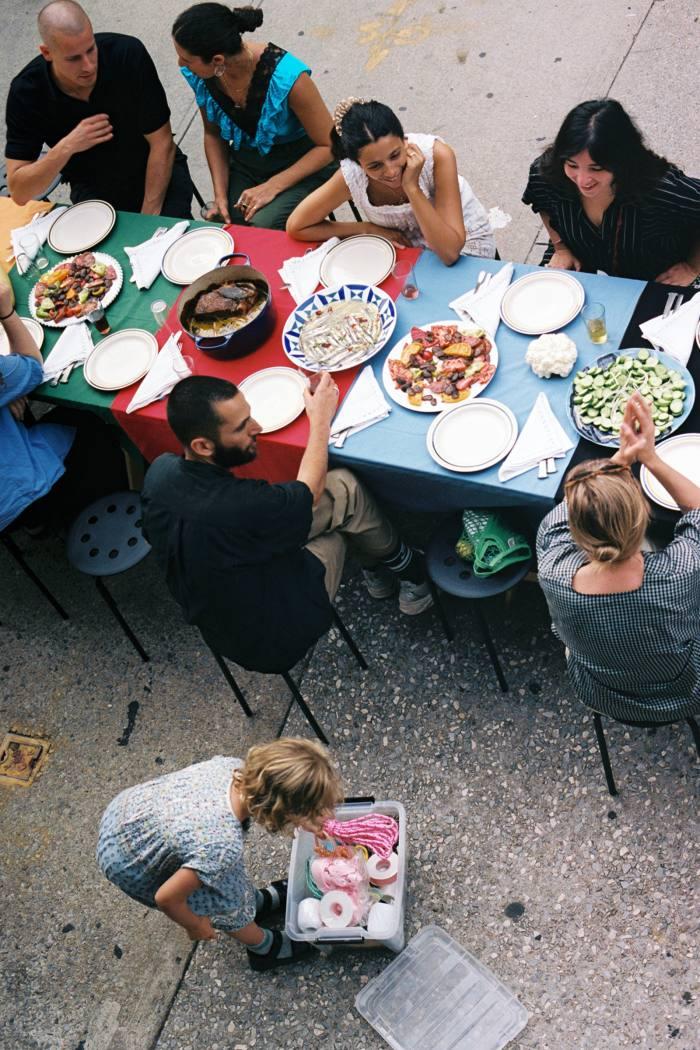
Community Through the Lens
72
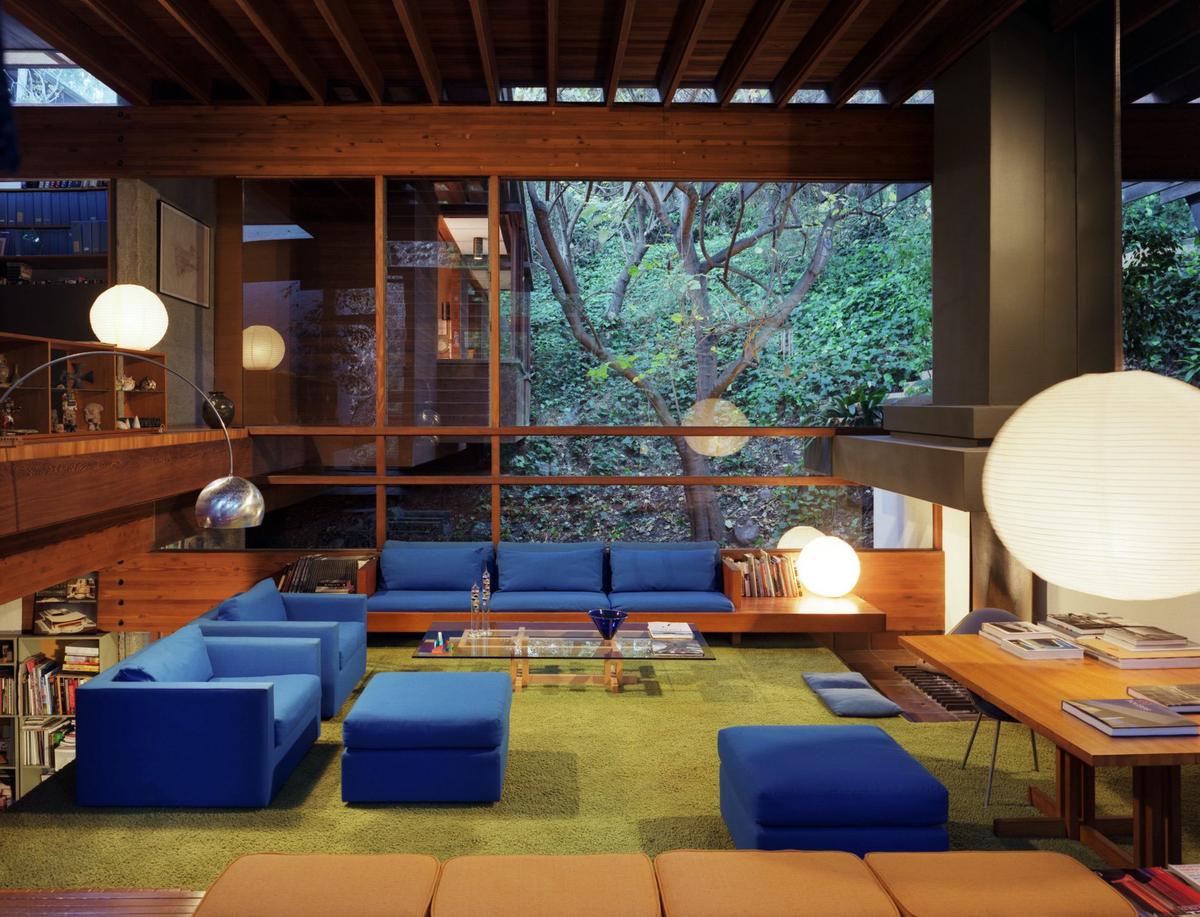
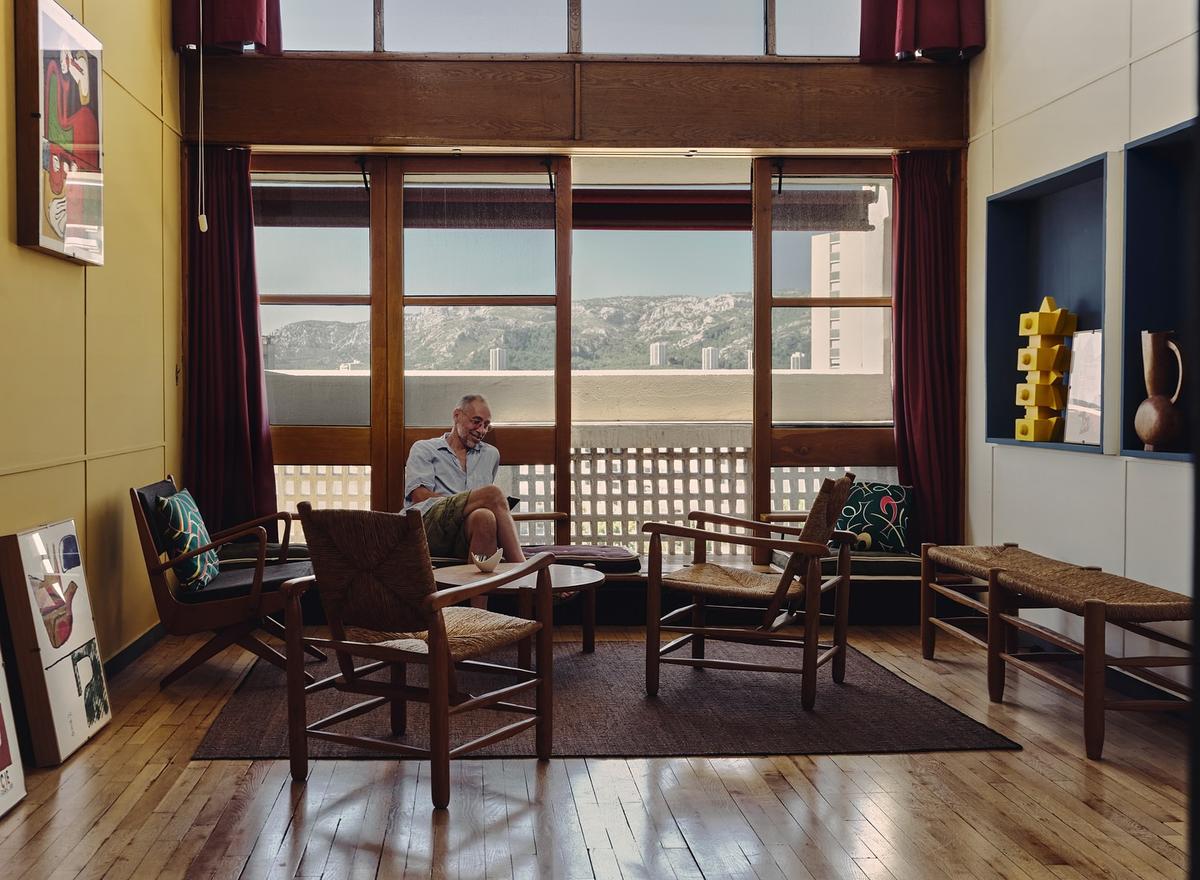
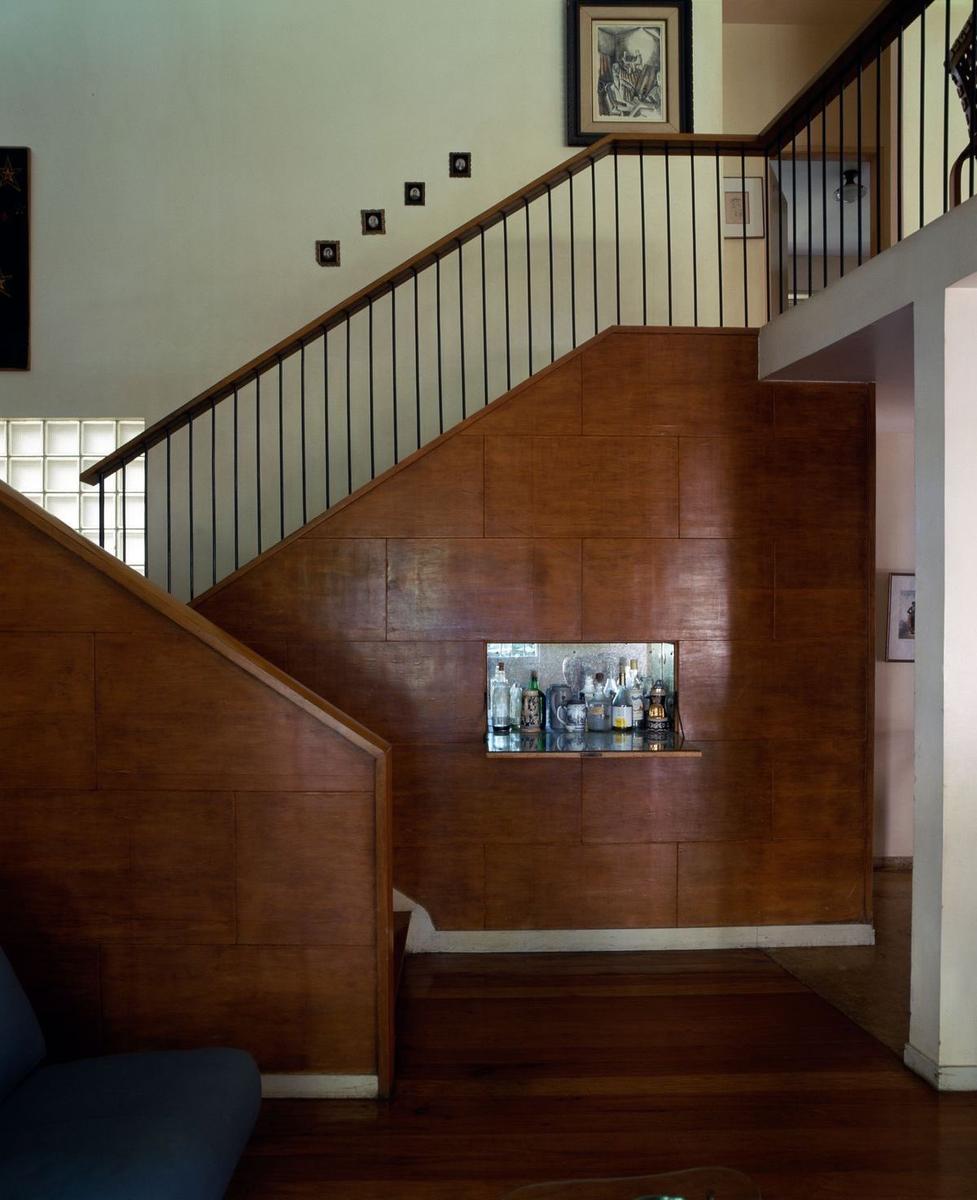
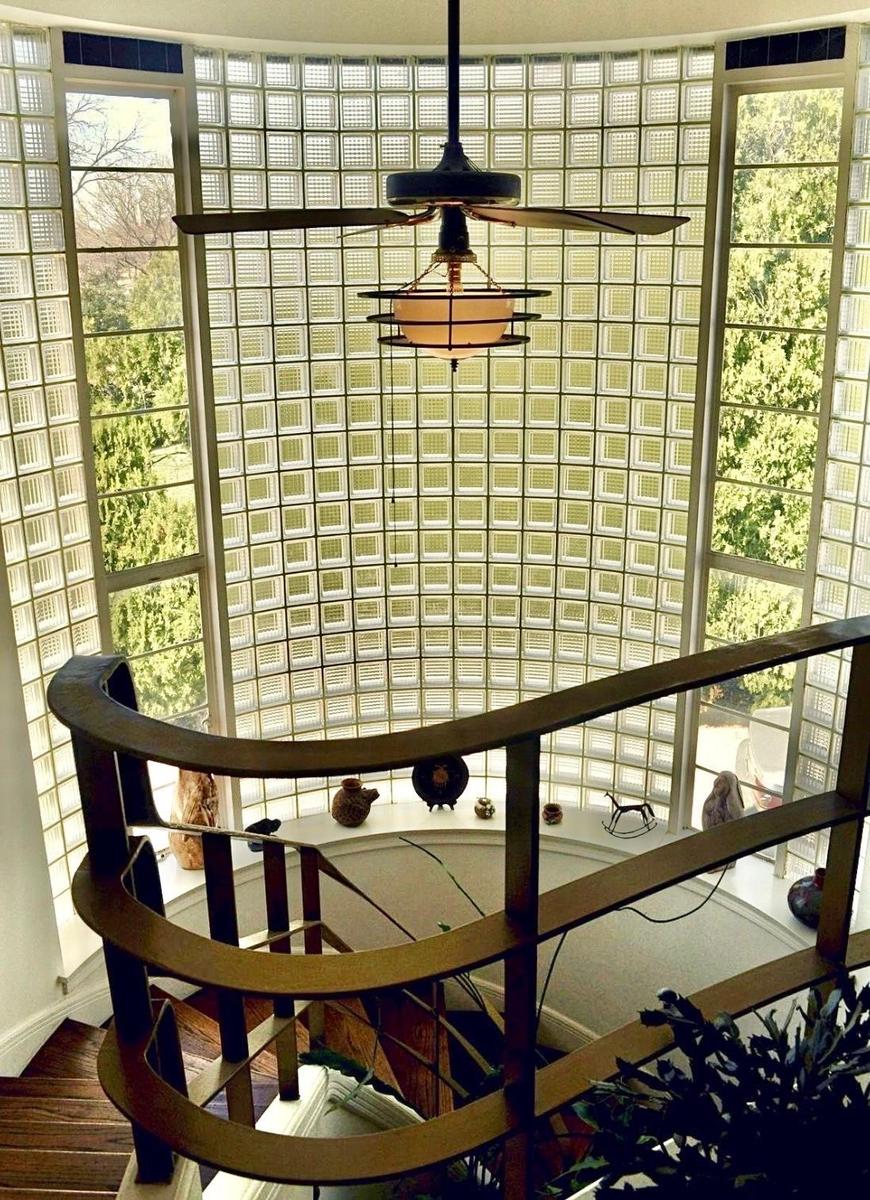
Interior 2030
153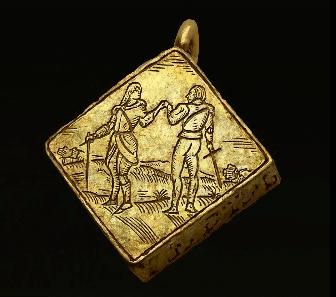
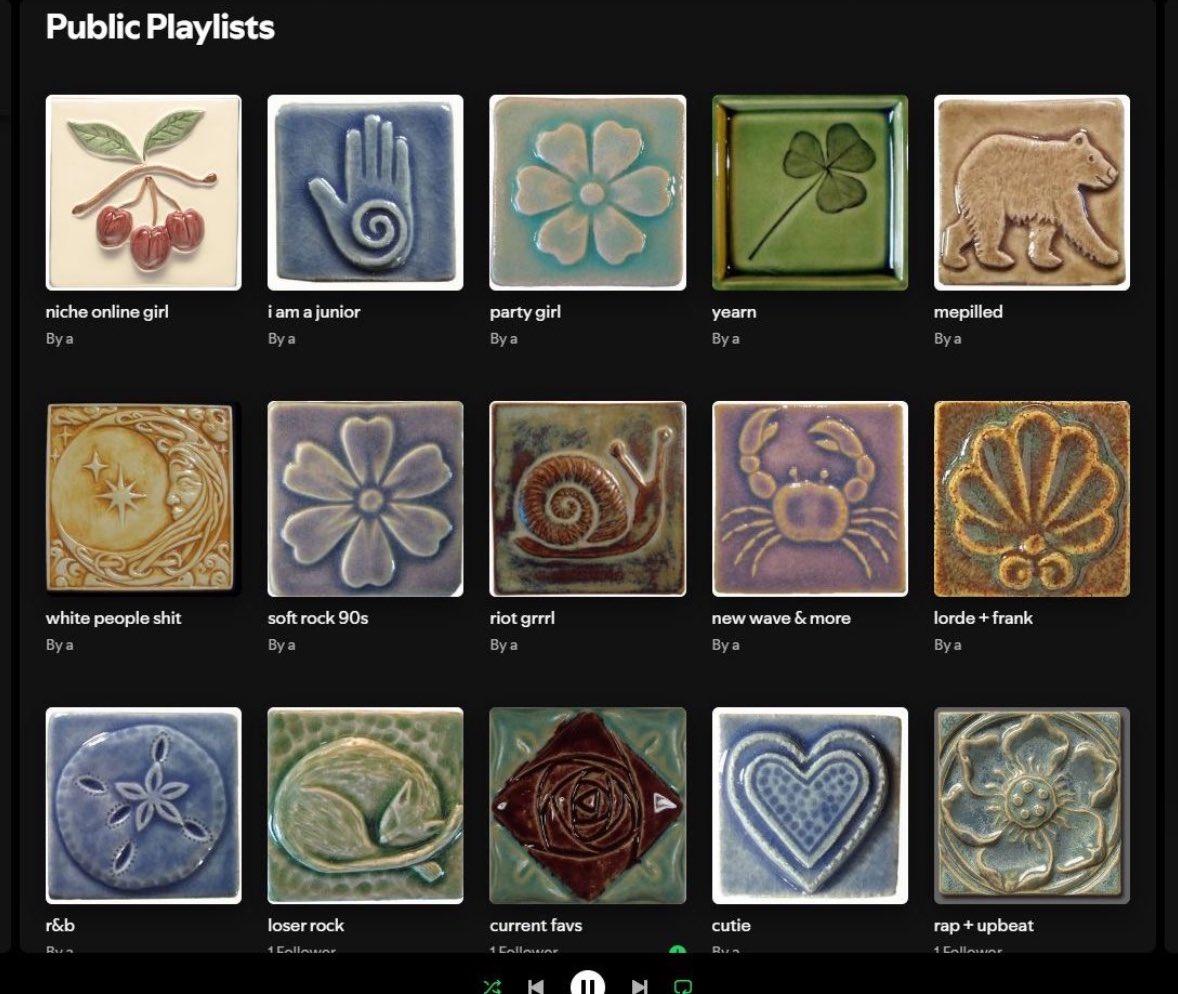
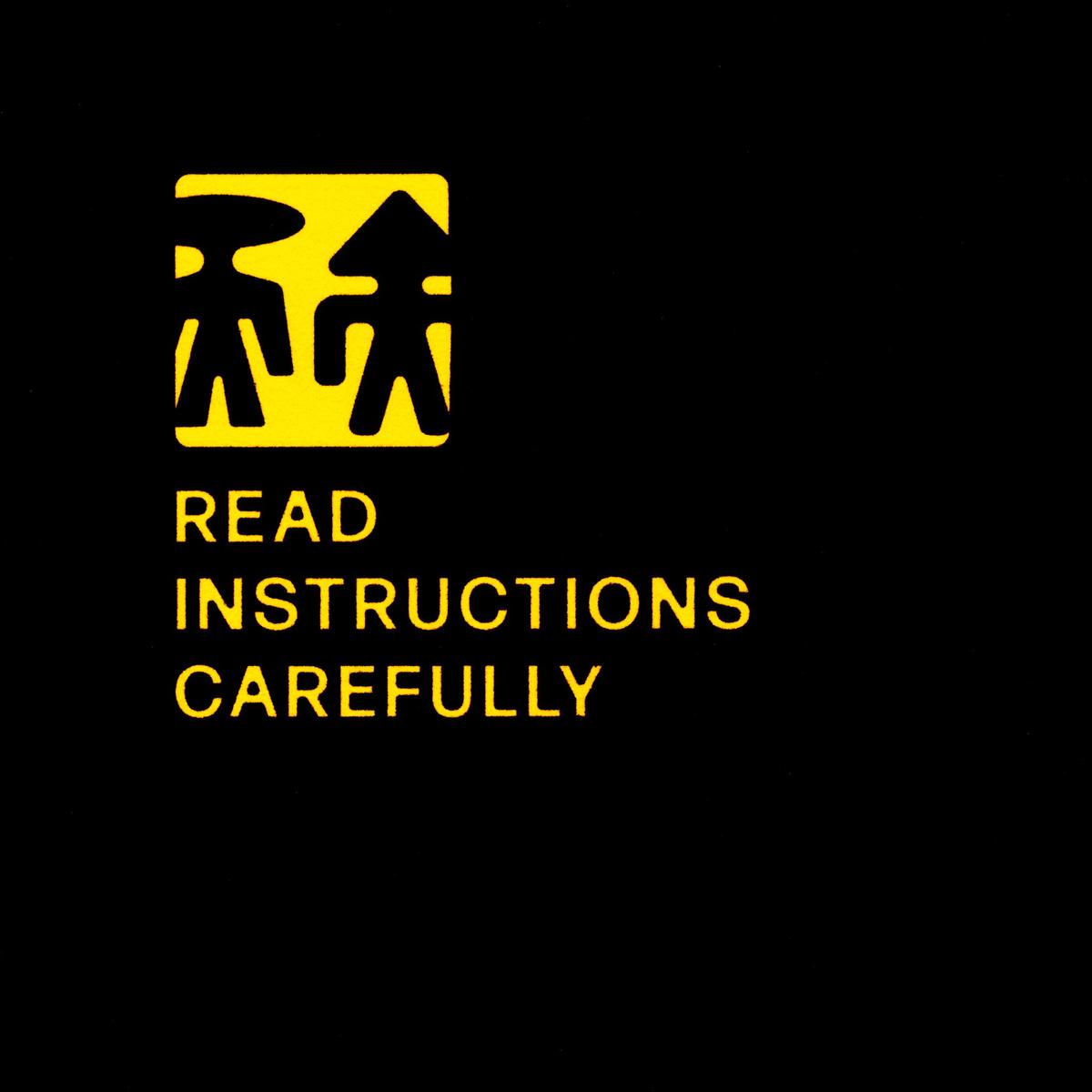
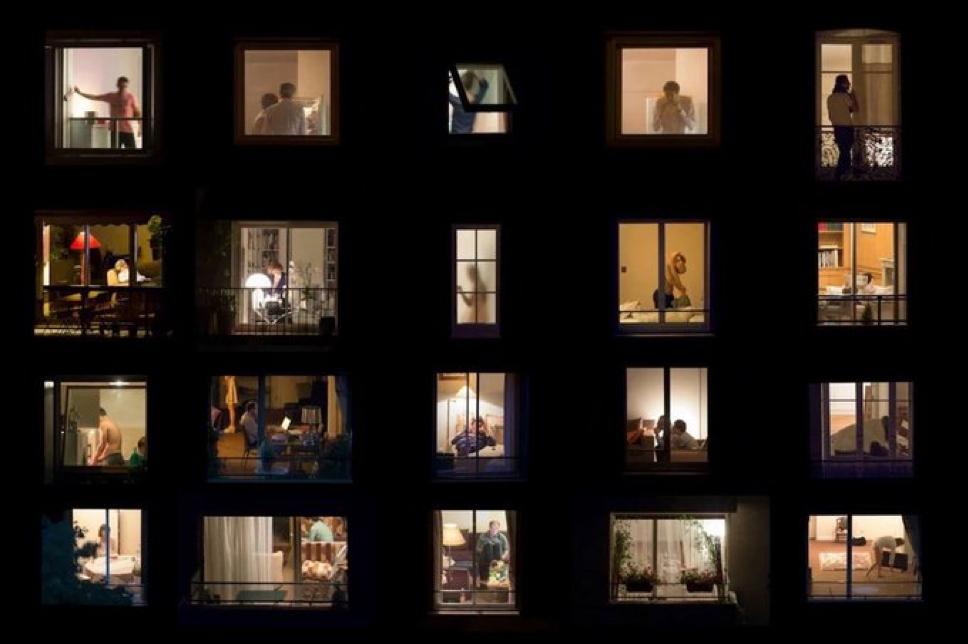
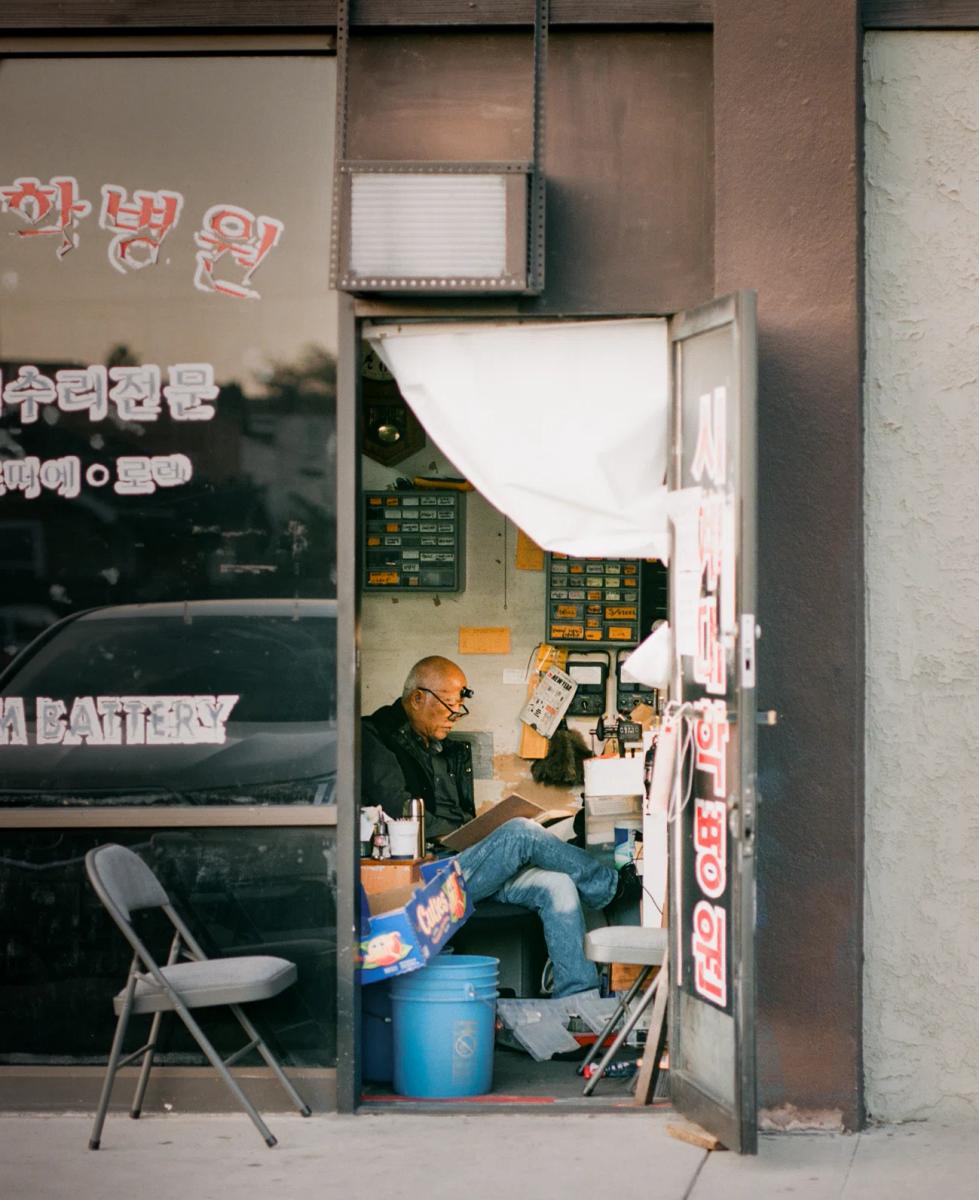
Voyager
245To be impactful, companies often need scale. But scale tends to break alignment. The bigger you get, the harder it is to keep “be good” at the center, because incentives shift toward shareholders, advertisers, or efficiency.
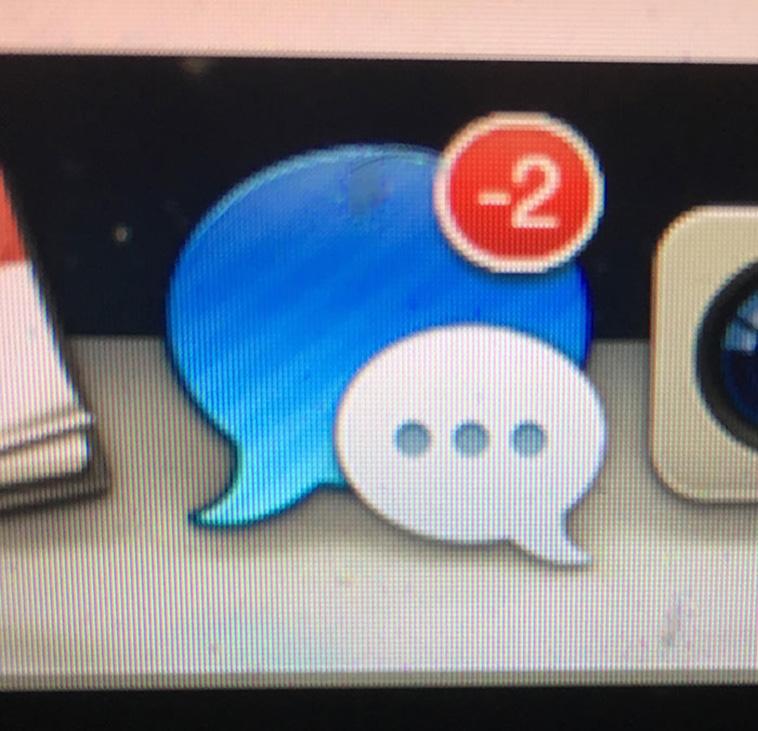
Life would be miserable if we only spent time in commercial spaces, because not all value can be captured and supported in a commercial context
Choice and will The digital landscape has an influence on our lives, but we are more directly affected by our personal choices. We must fend for ourselves, whether or not the technology industry chooses to deal with the implications of their work.
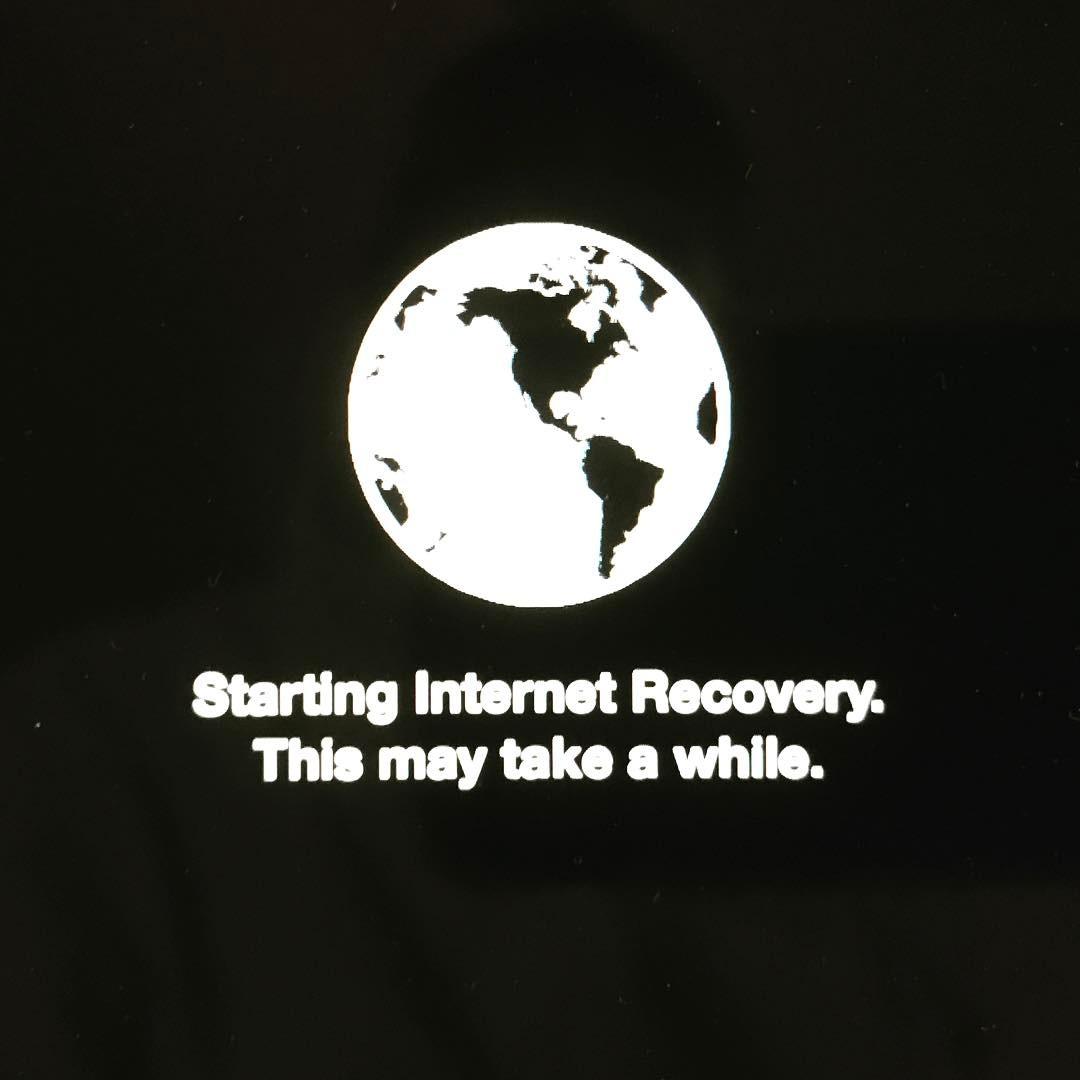
The Good Software
16
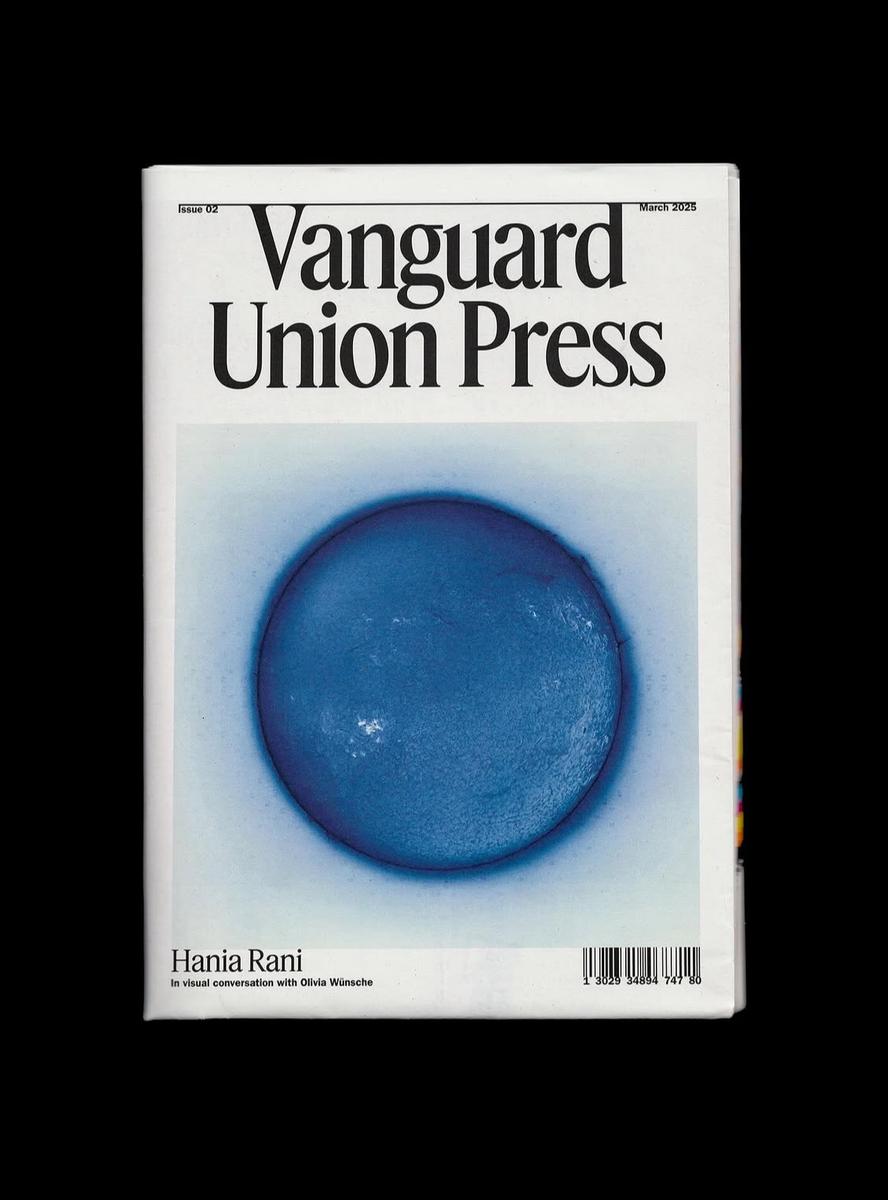
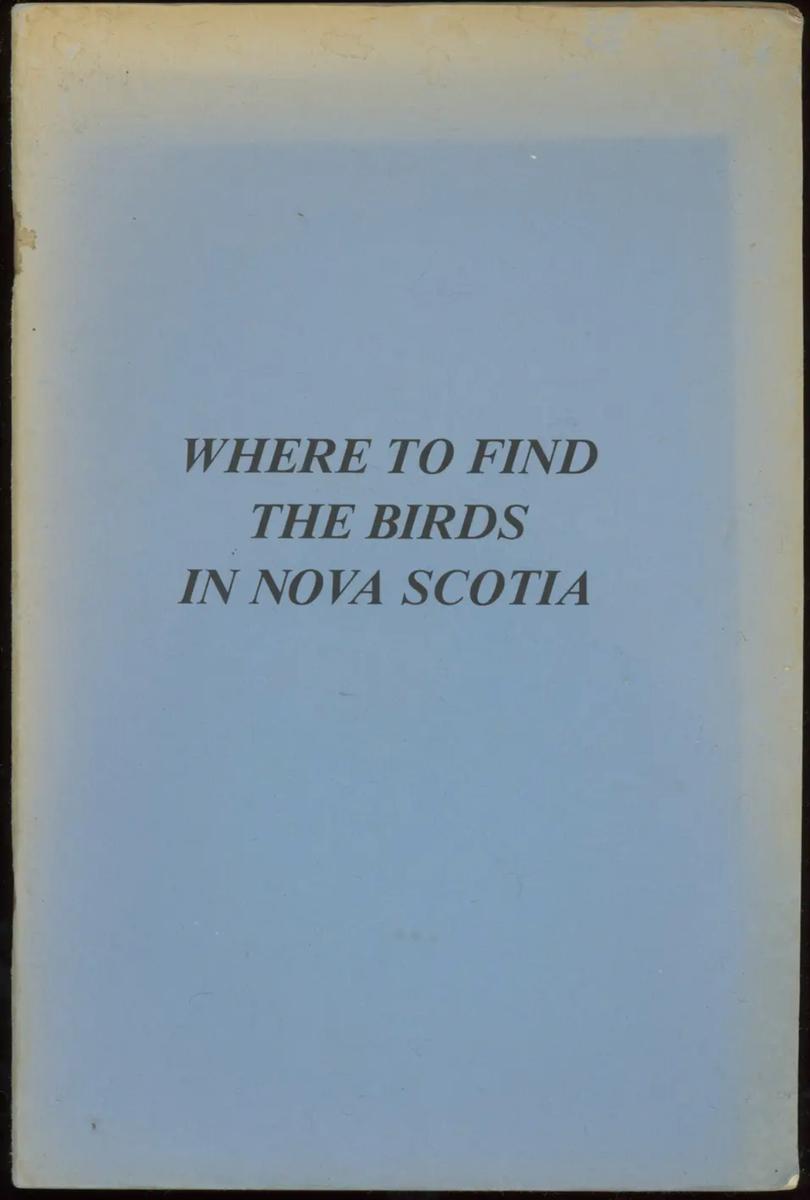
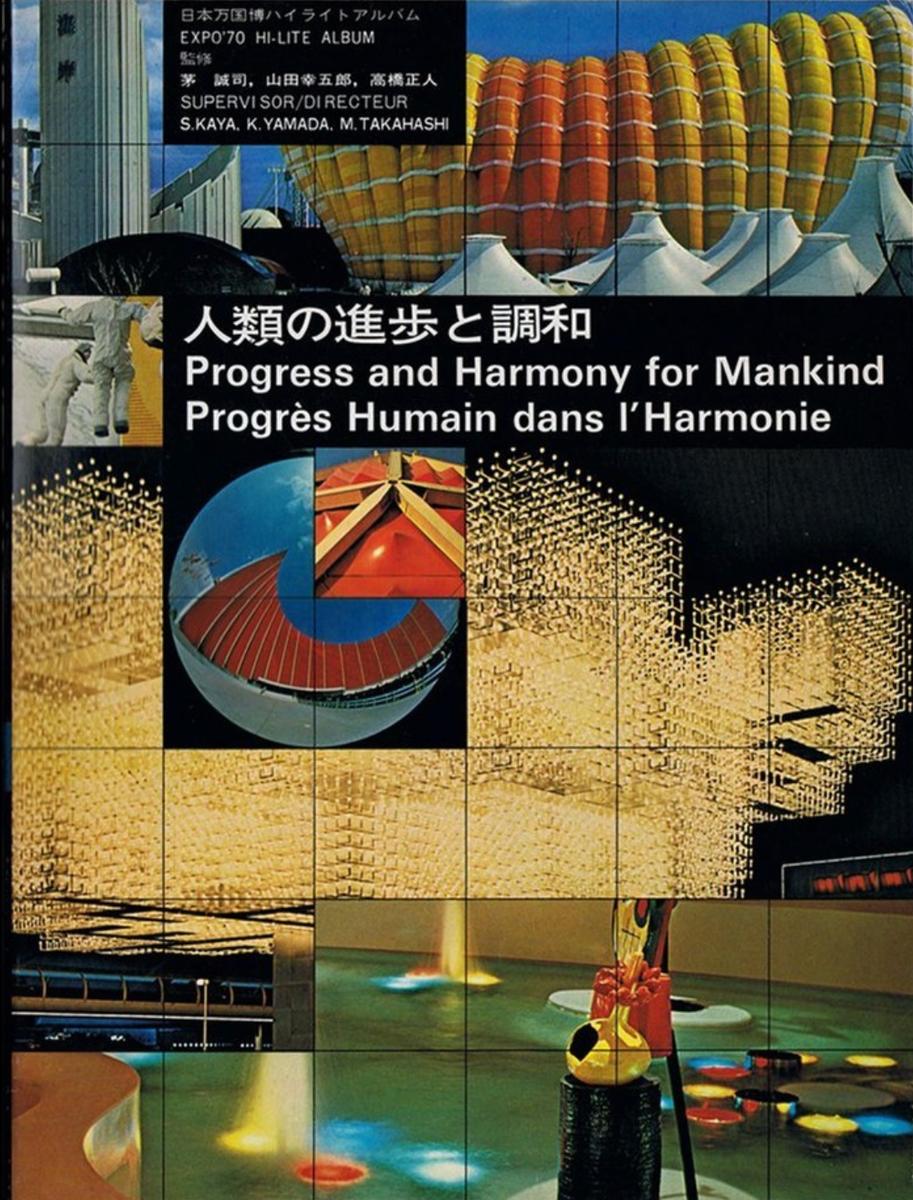
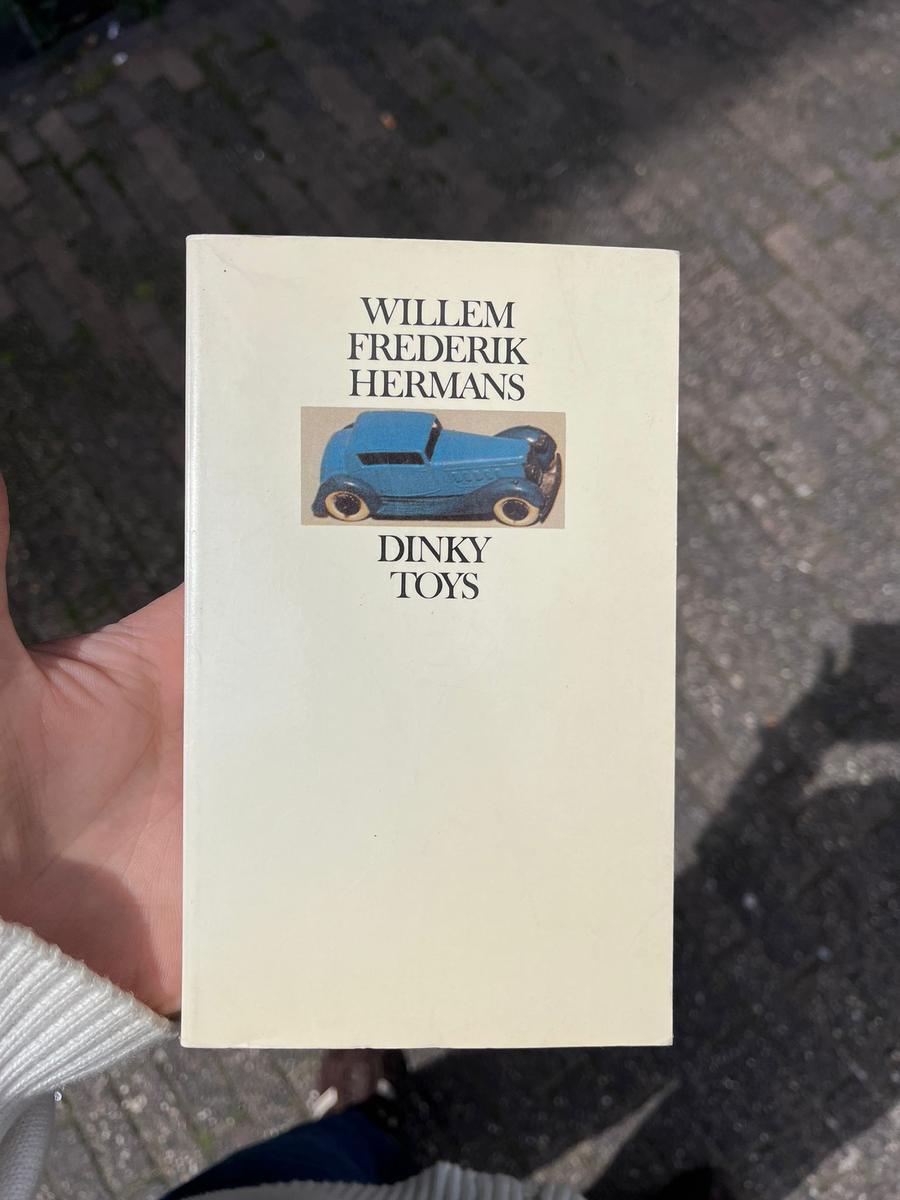
Book Design
89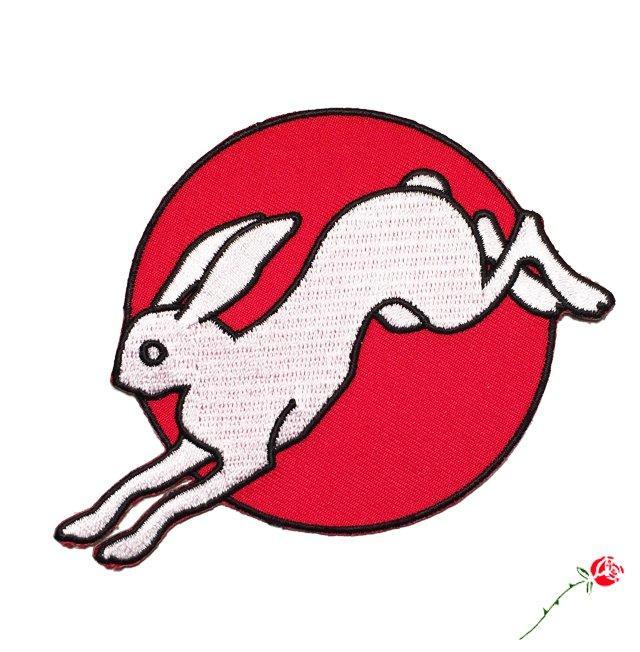
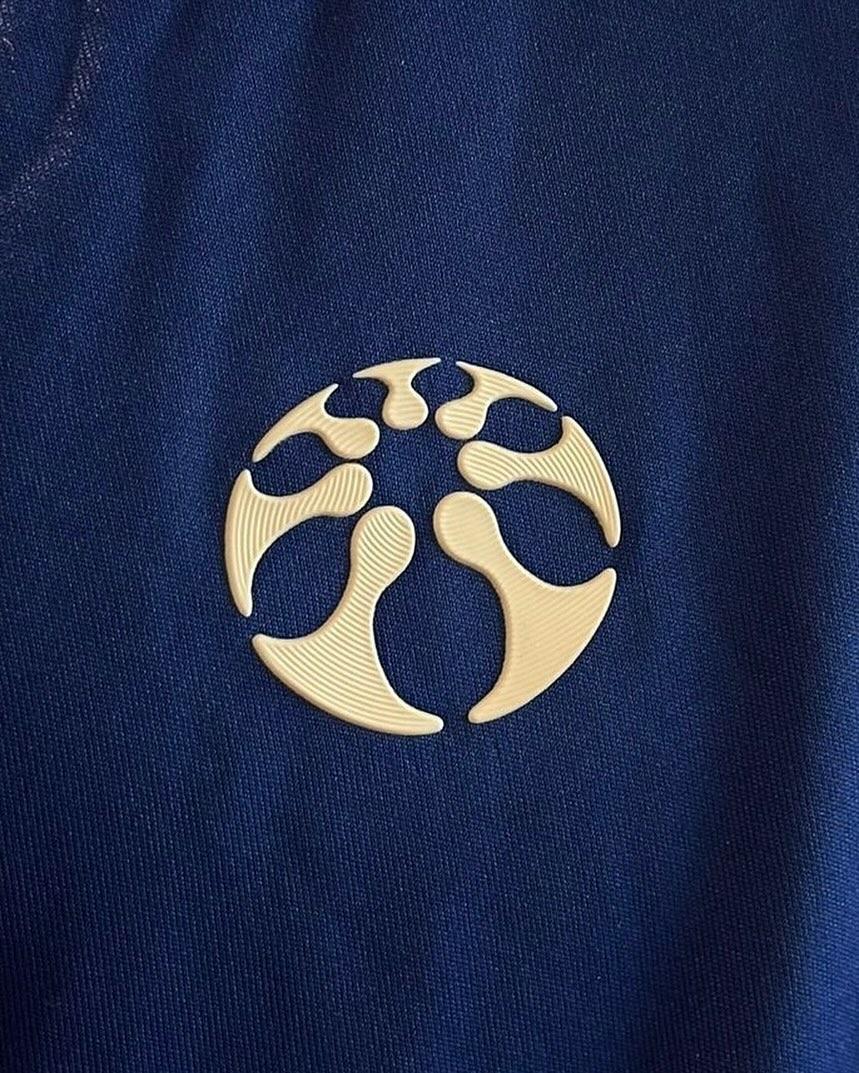

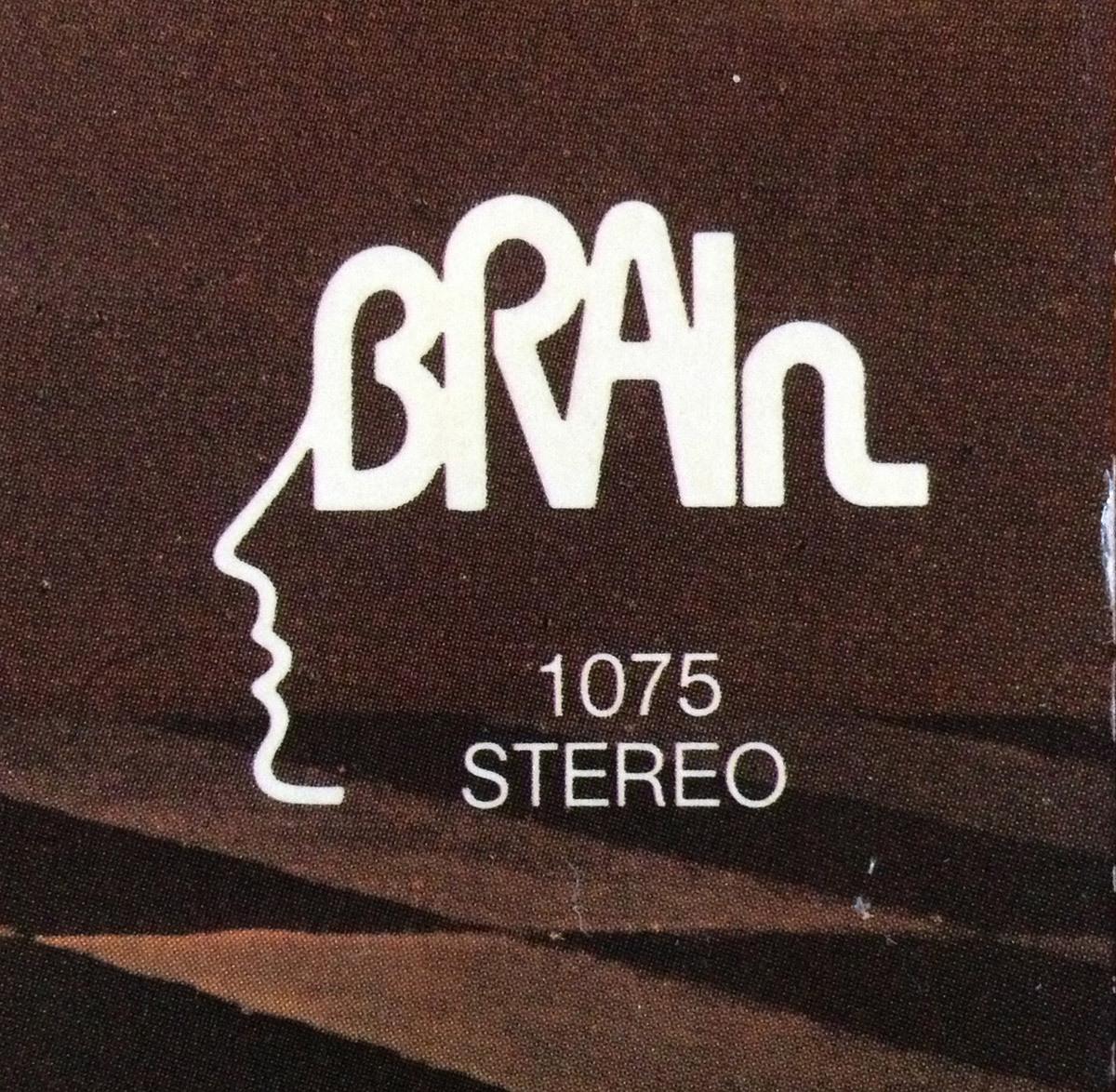
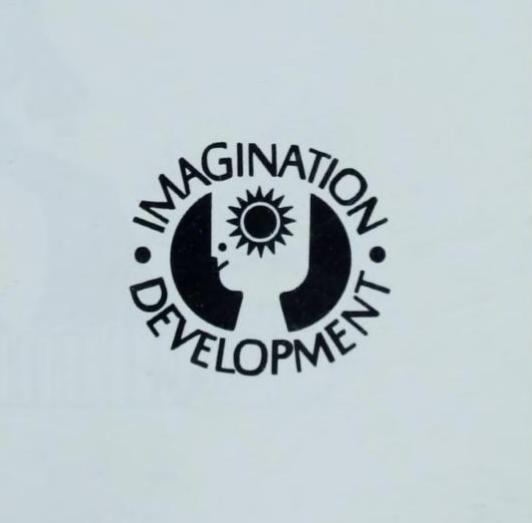
Logos
92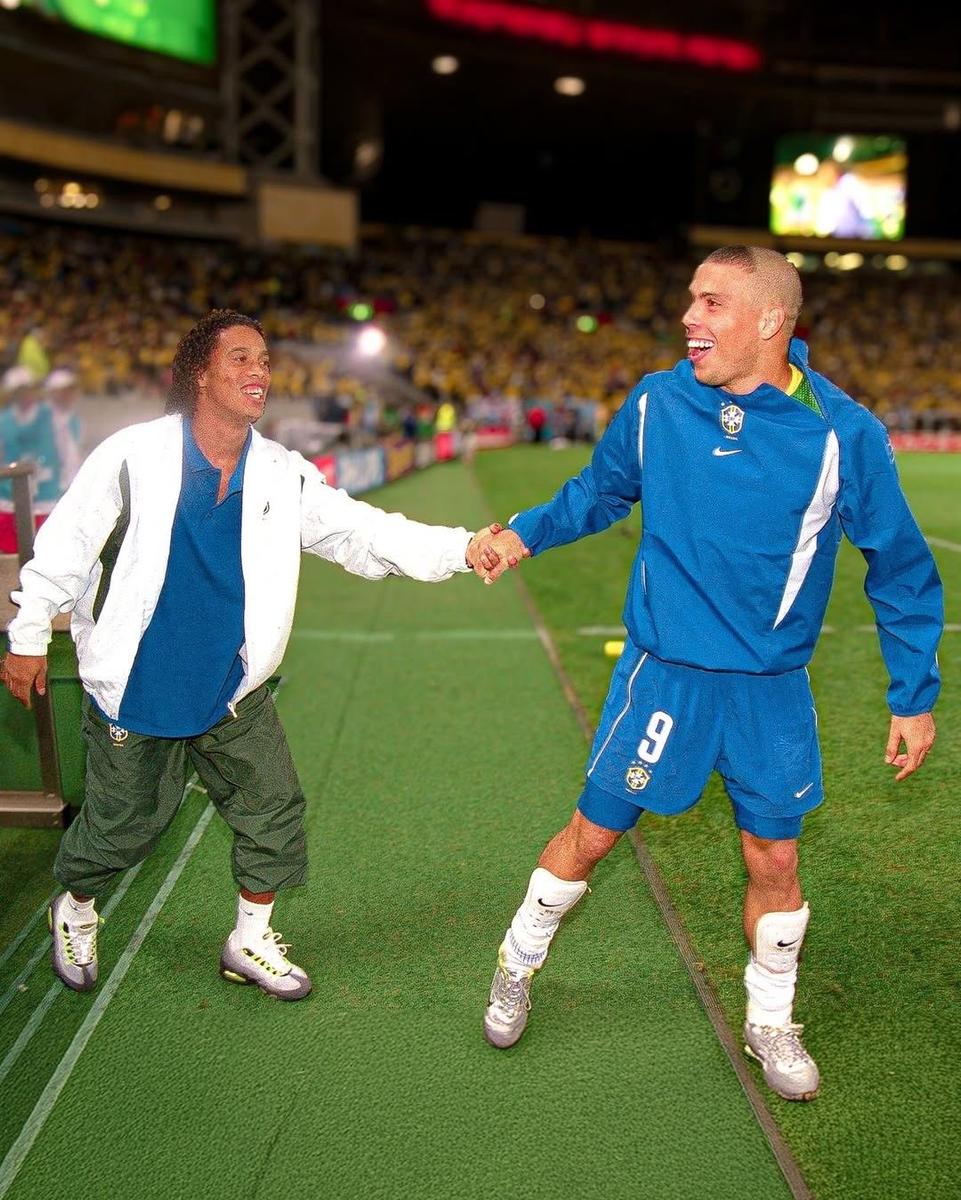

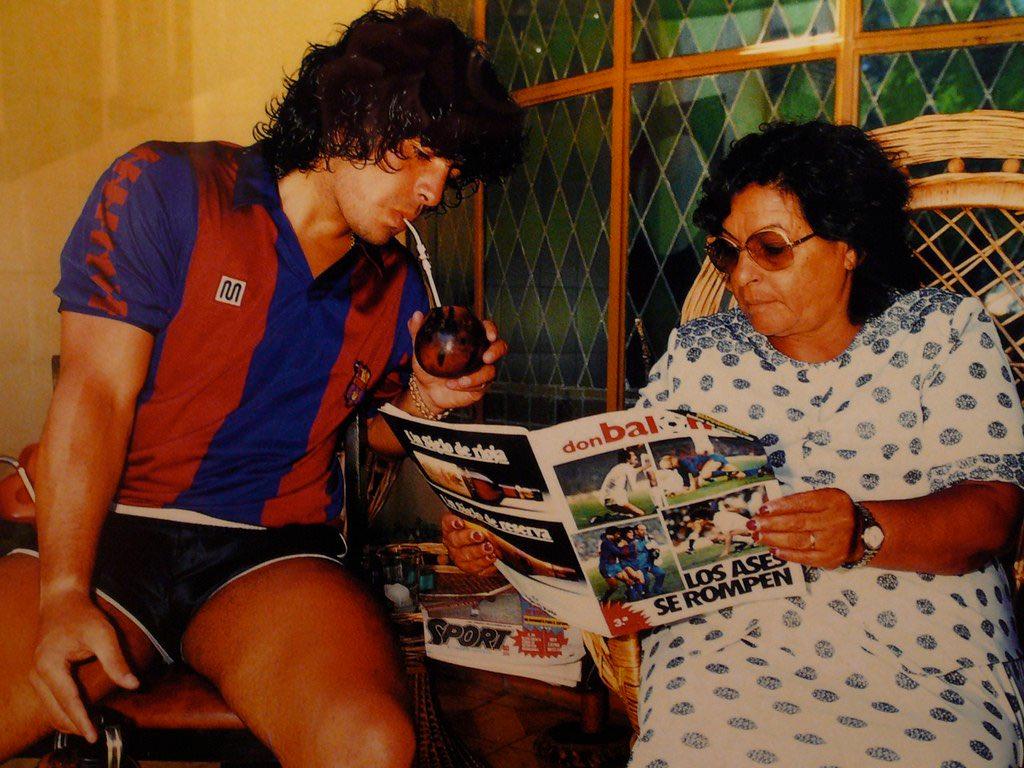
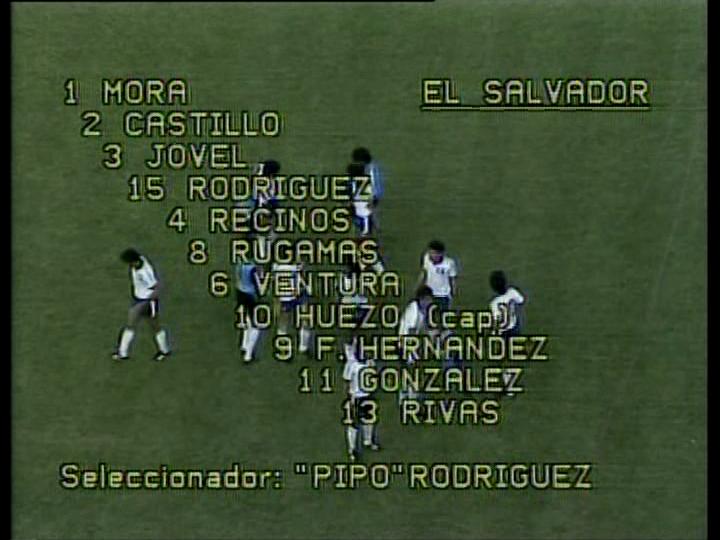

Football is Life
120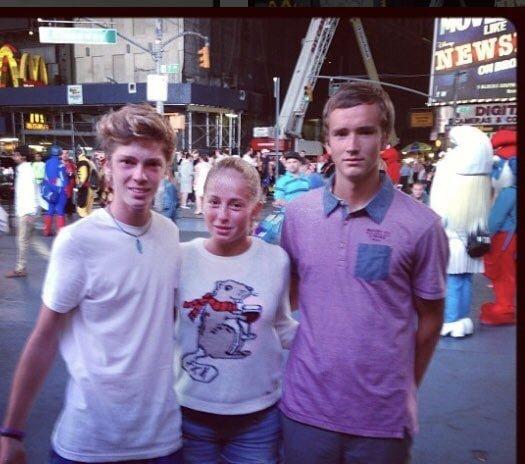


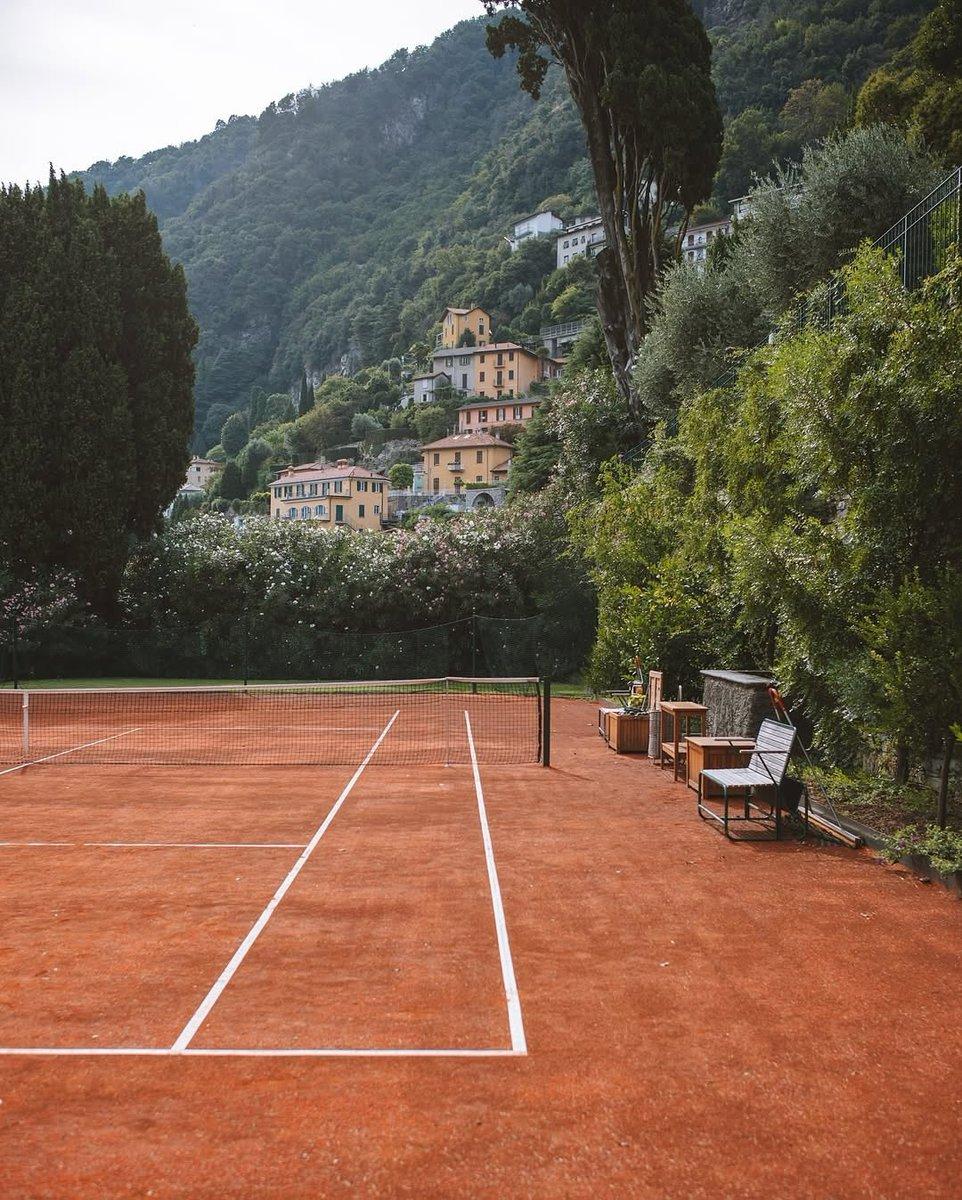
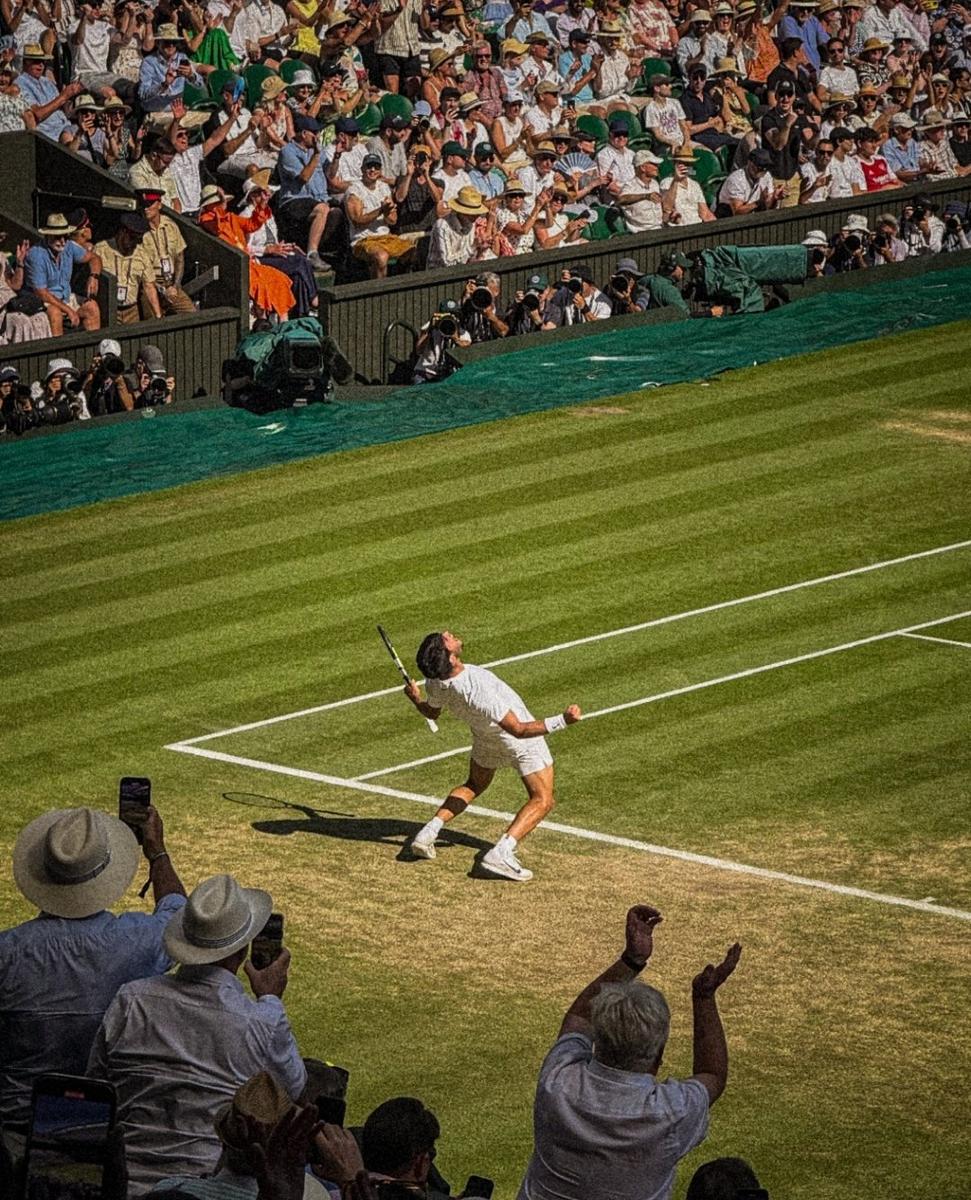
Tennis is Life
62
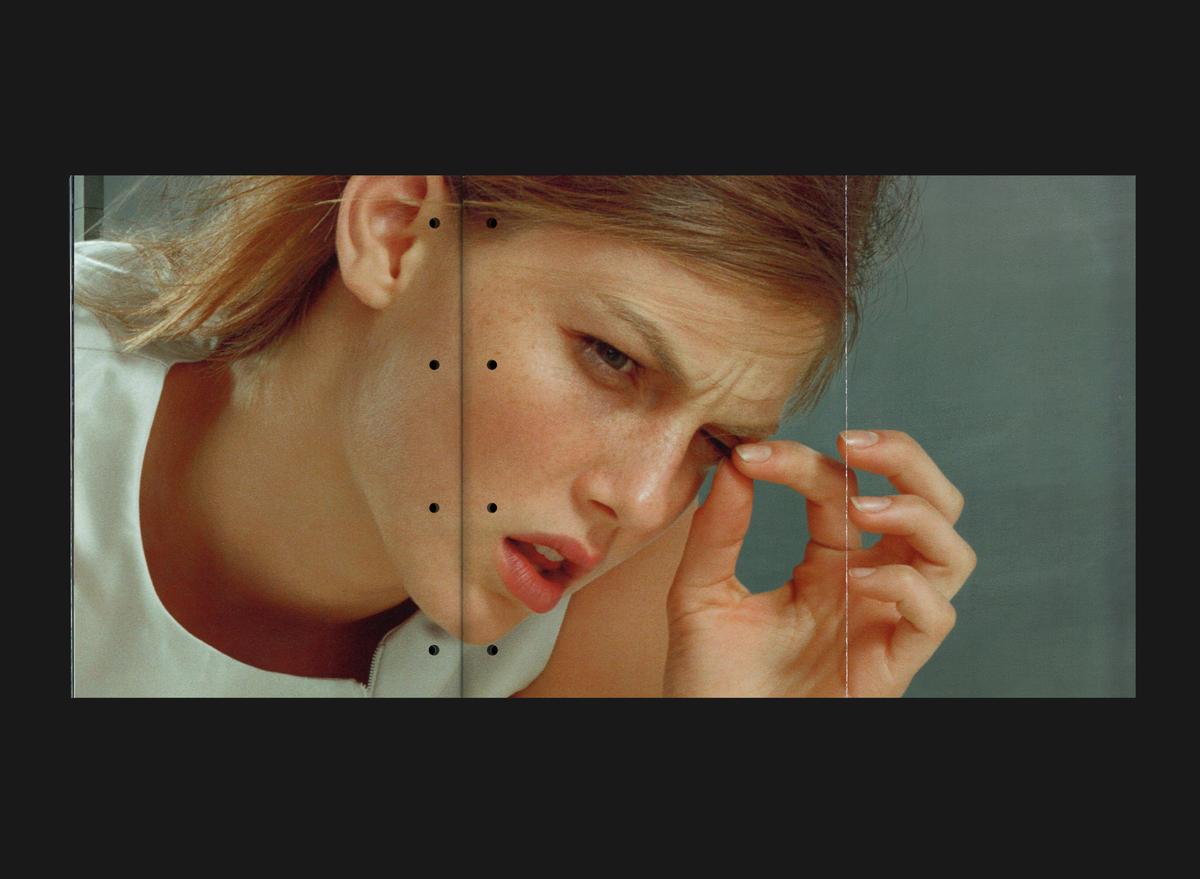

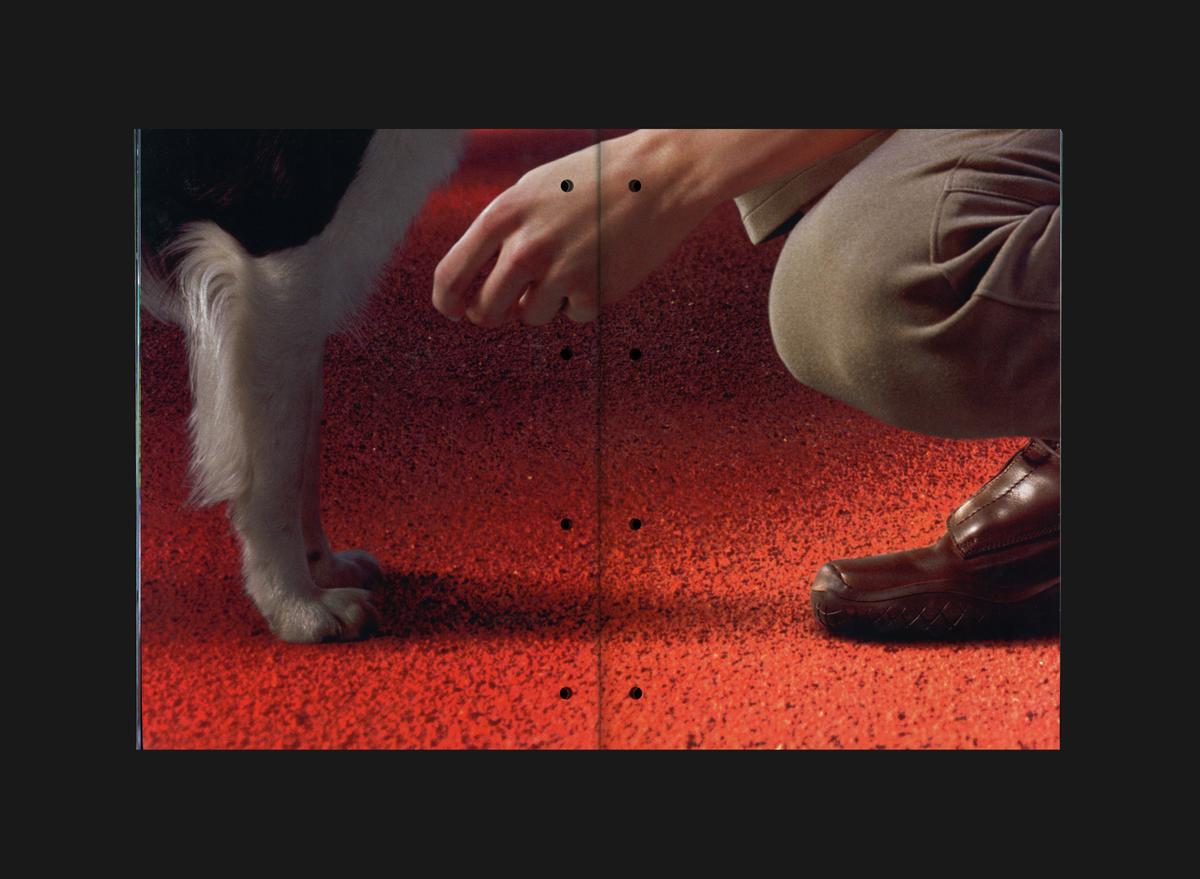
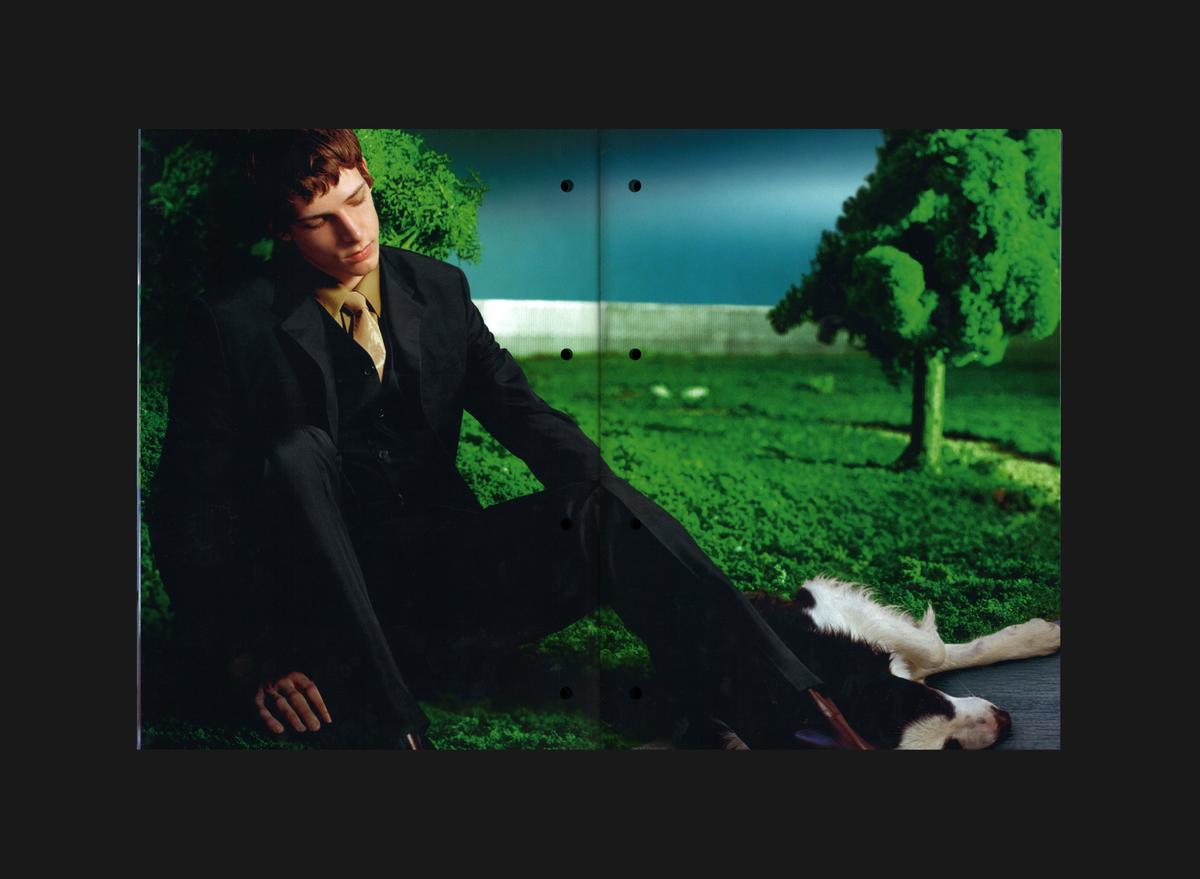
Photography Campaign
263"Goal is the removal of friction, not gamification" — Lauren Cason on her iterations through AR
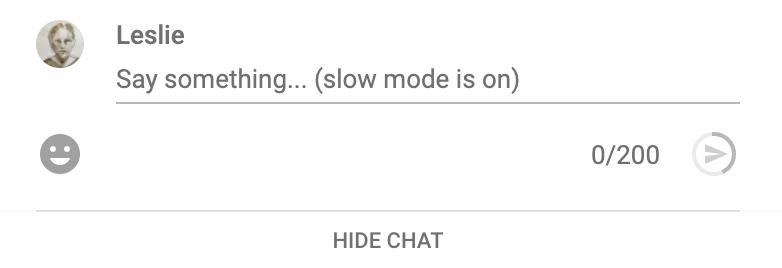
But, an even bigger consideration is that of design friction. Friction is anything that prevents users from accomplishing their goals or getting things done as quickly as possible. It is usually the opposite of being intuitive or effortless. However, it doesn’t mean that it’s always bad for users. Are messaging apps supposed to hoist the sustainability flag? iMessage and WhatsApp are all about seamless messaging. Sending a picture just works. Adding an extra interaction to stimulate sustainability adds an 'unnecessary' friction to that experience. But maybe this 'friction in the experience' is exactly what consumers need.
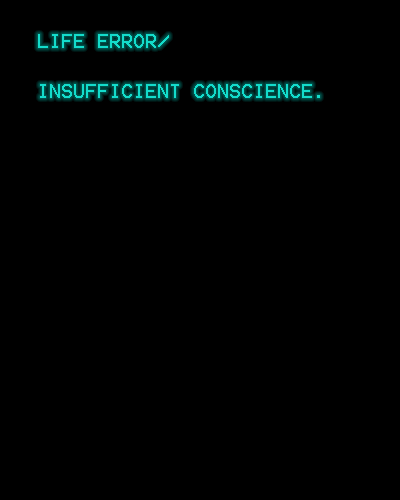
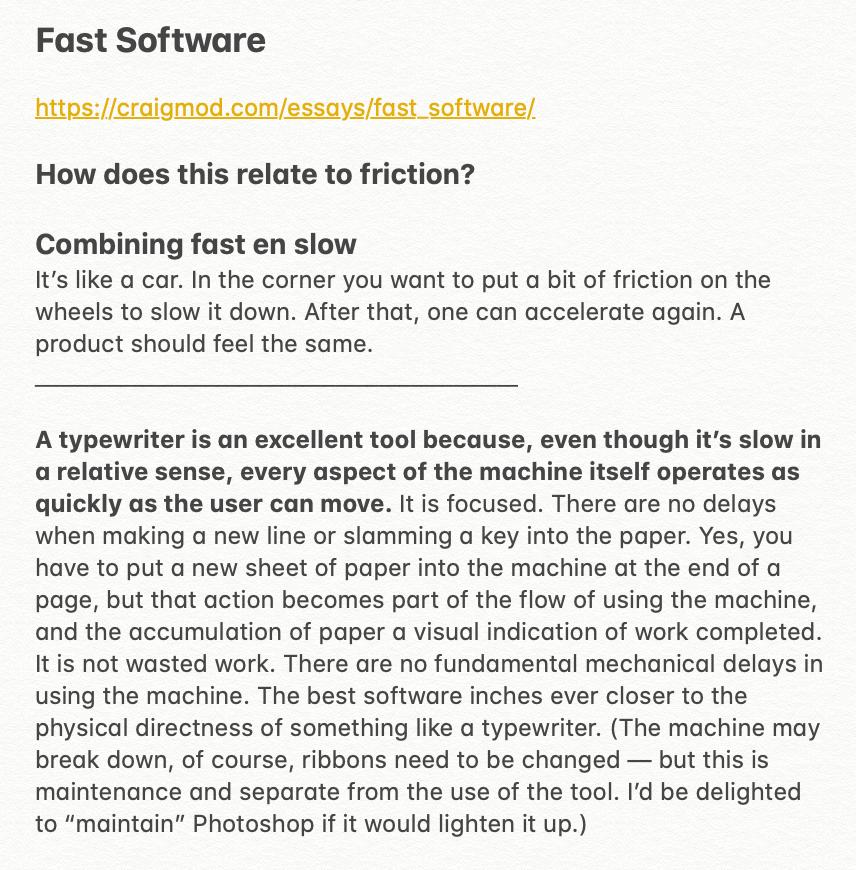
Friction
22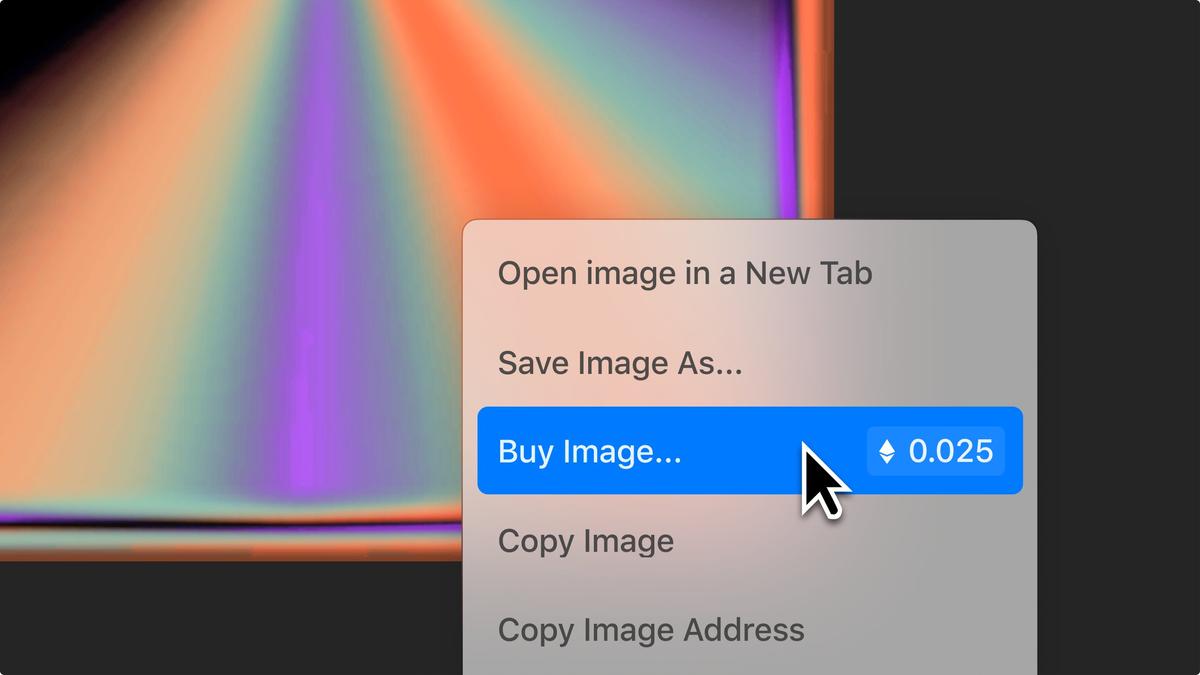
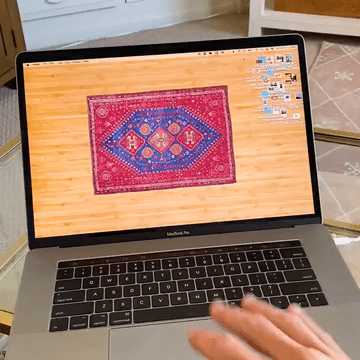
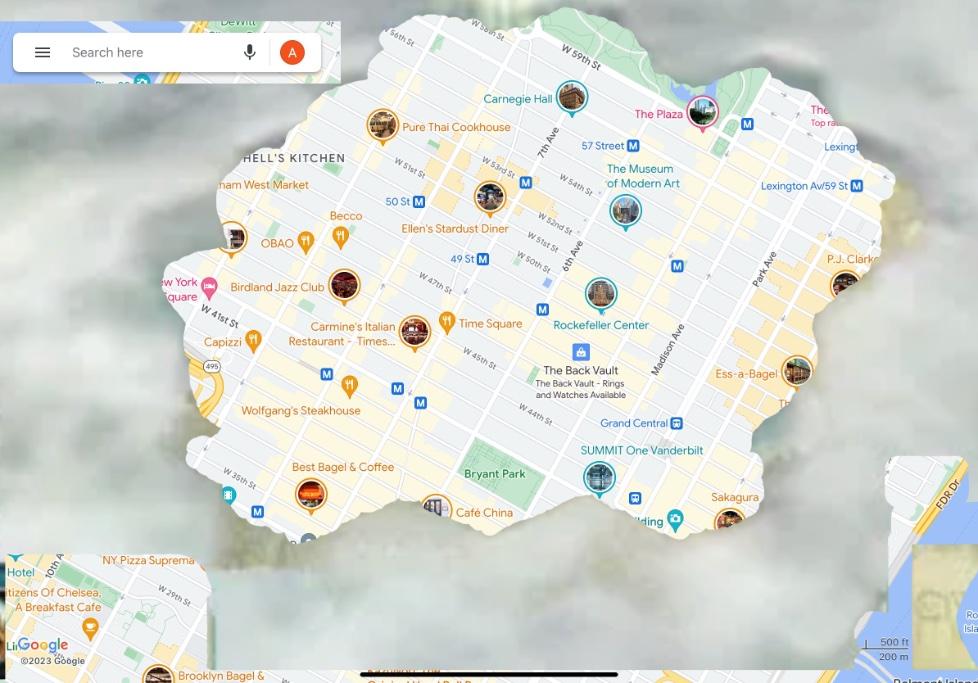
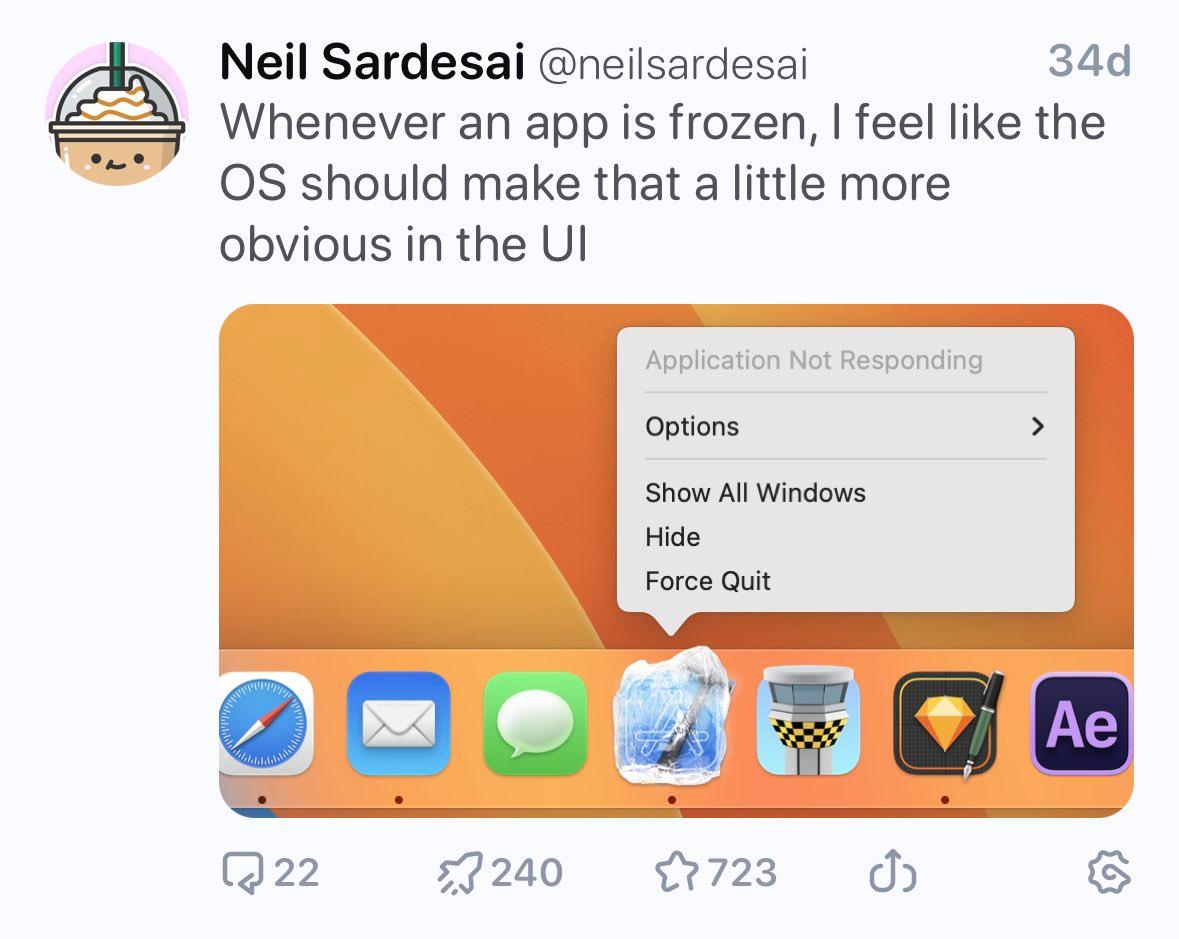
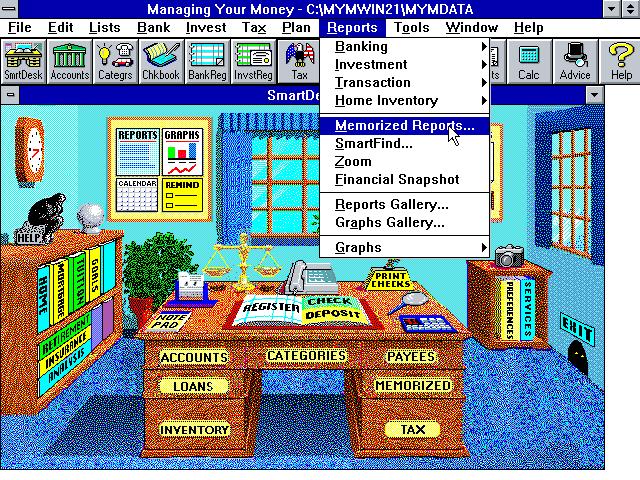
Interface Metaphors
30


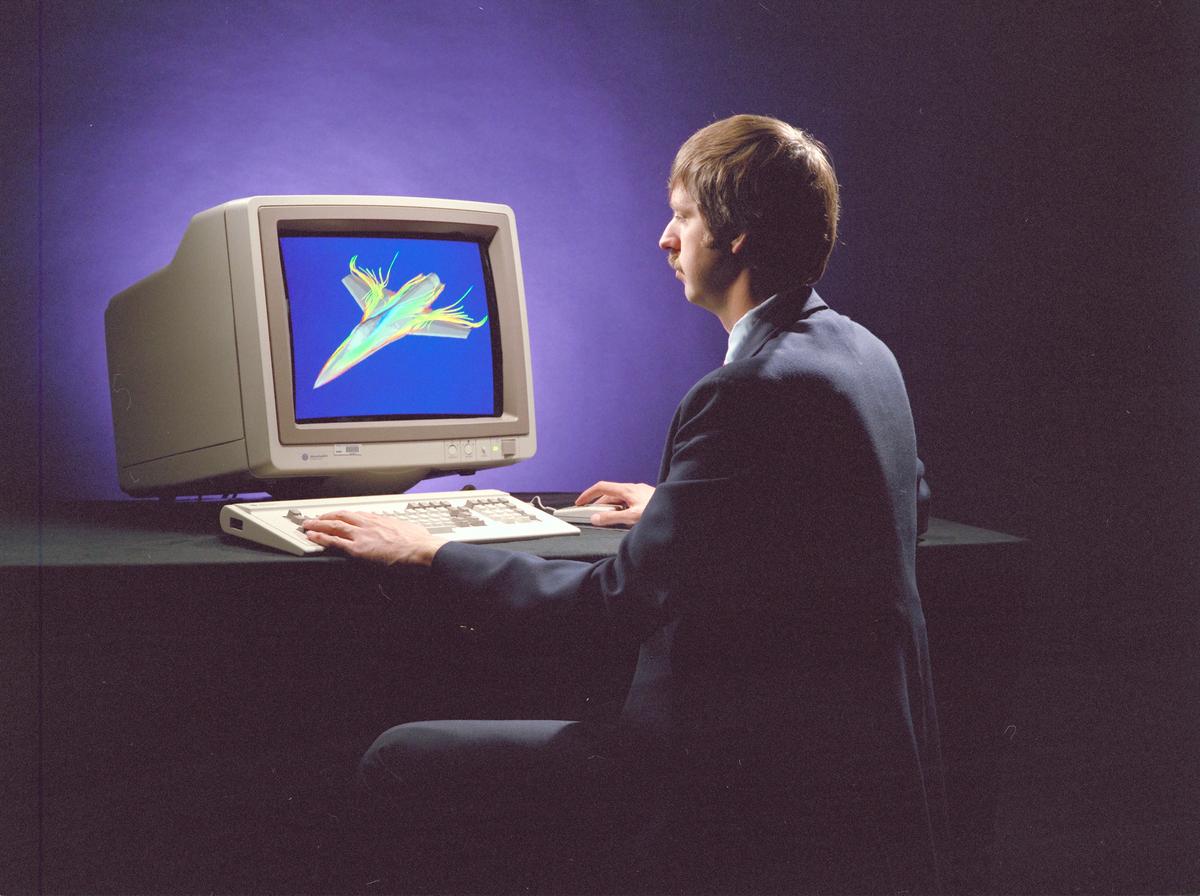
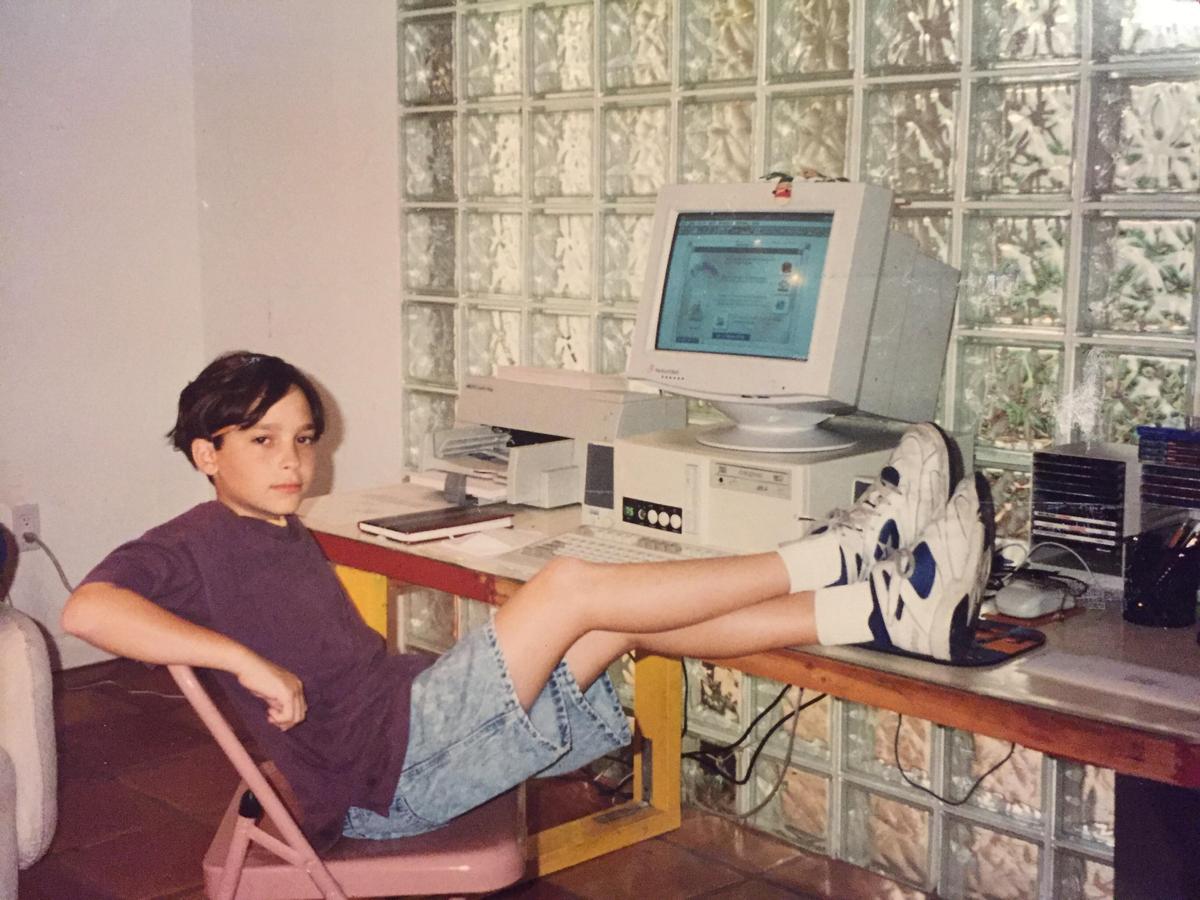
Human and Their Computer
42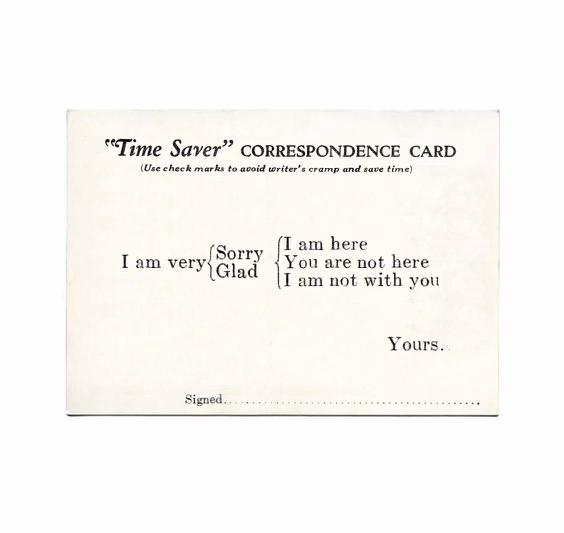
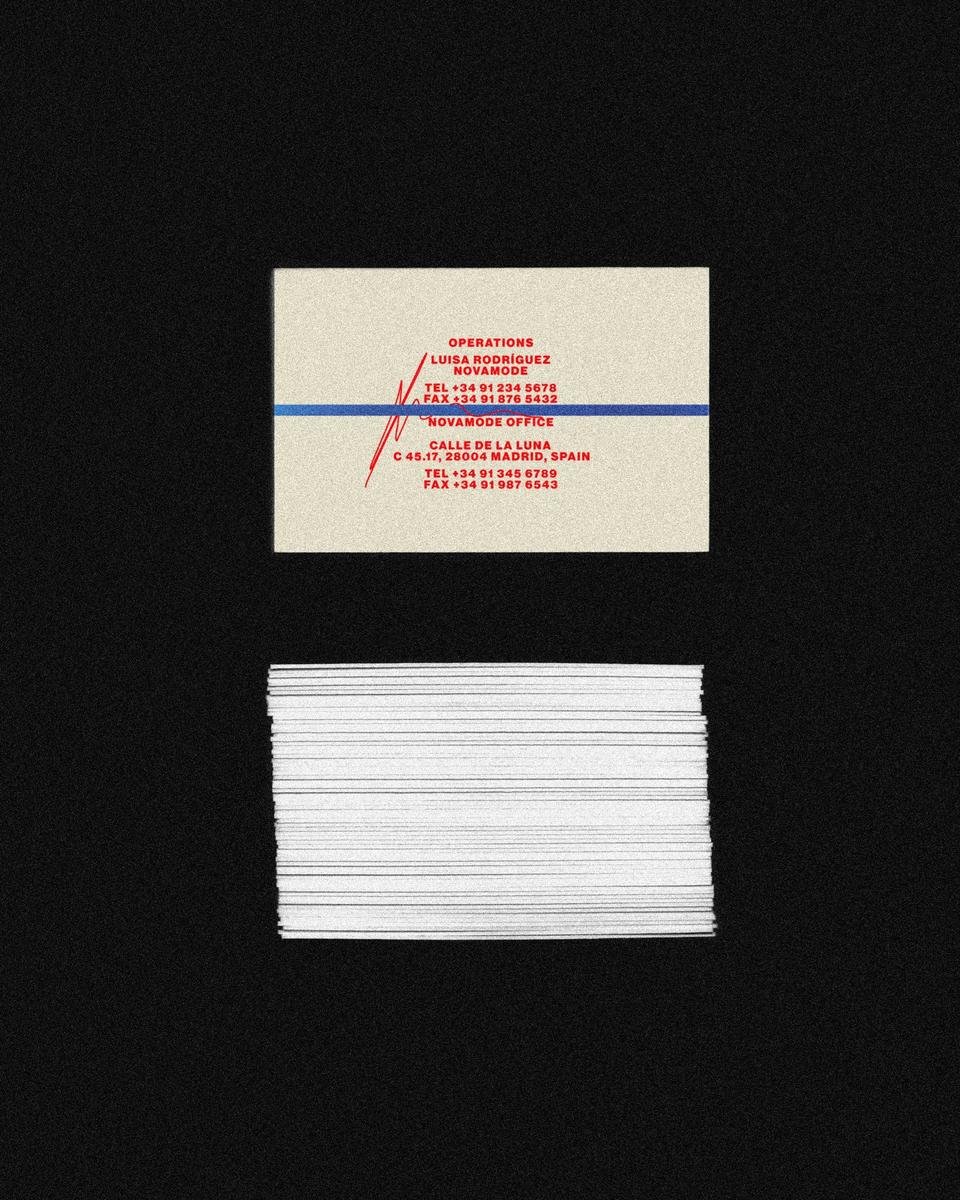
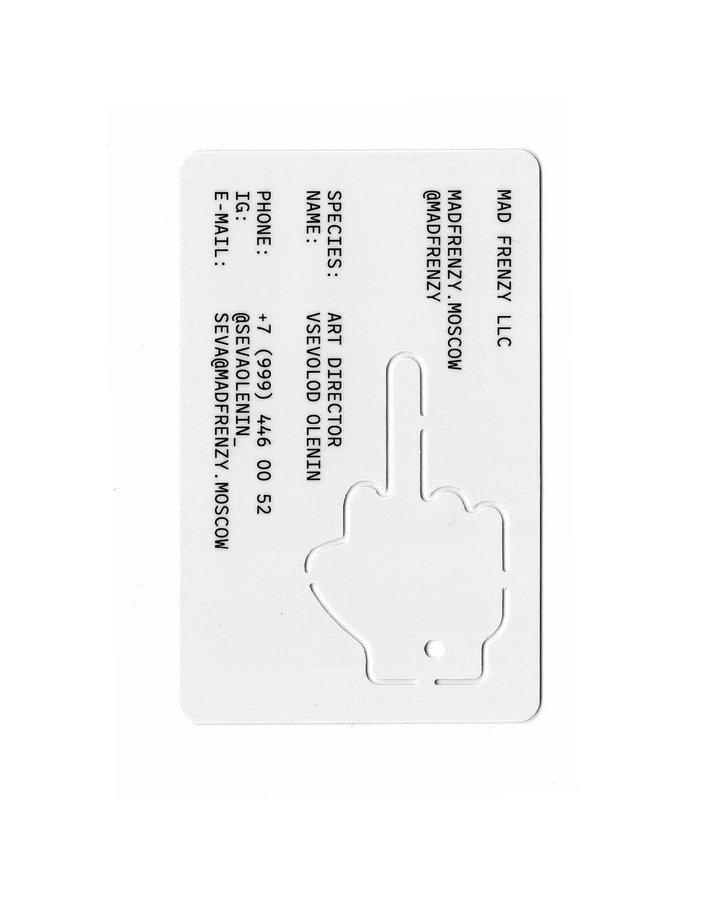
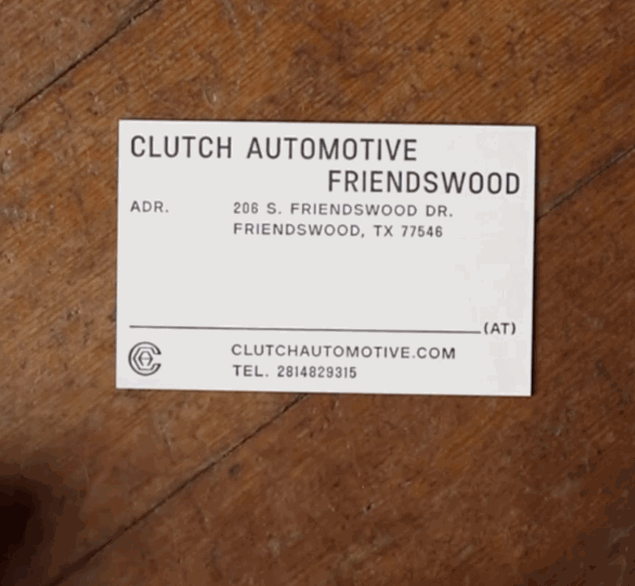
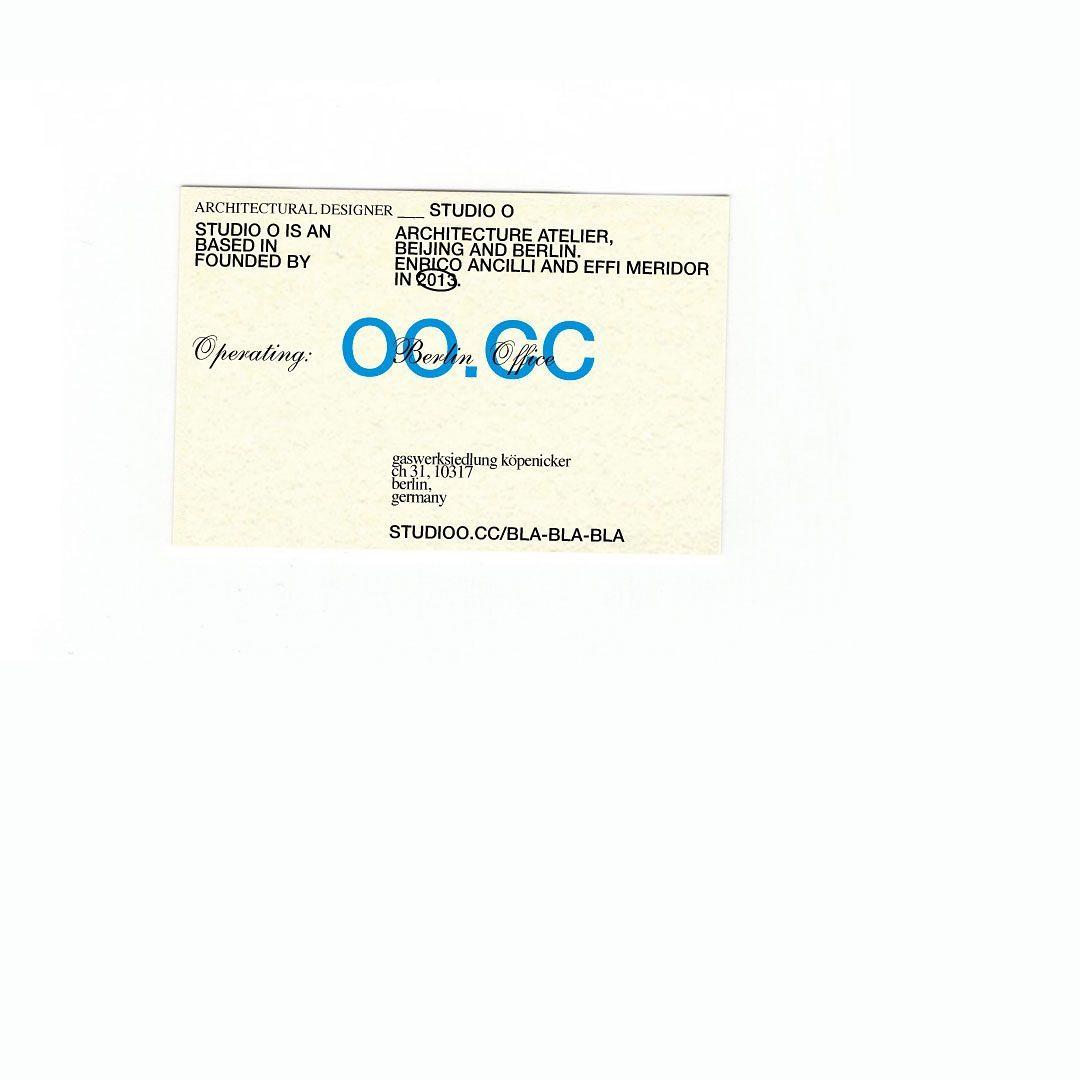
Business Cards
50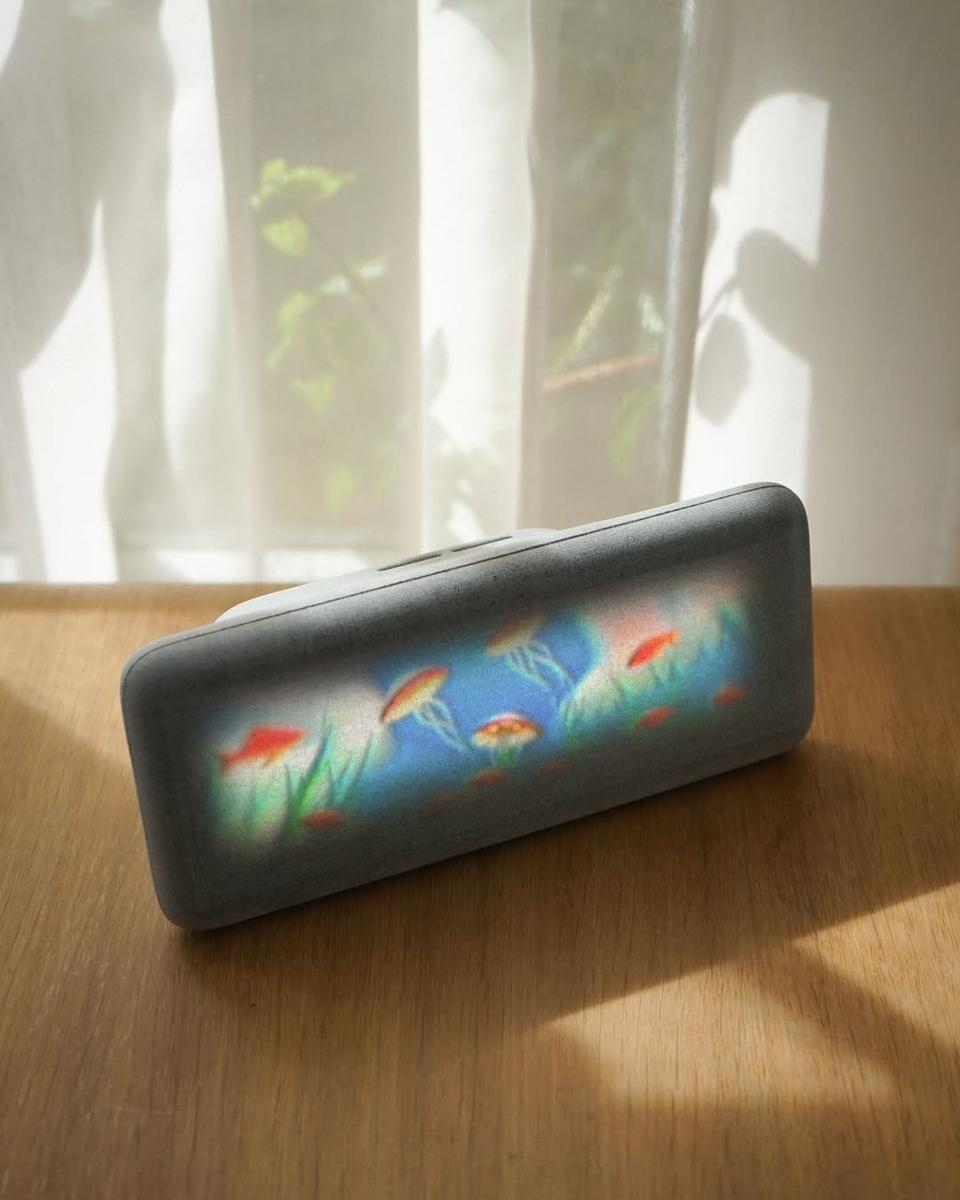
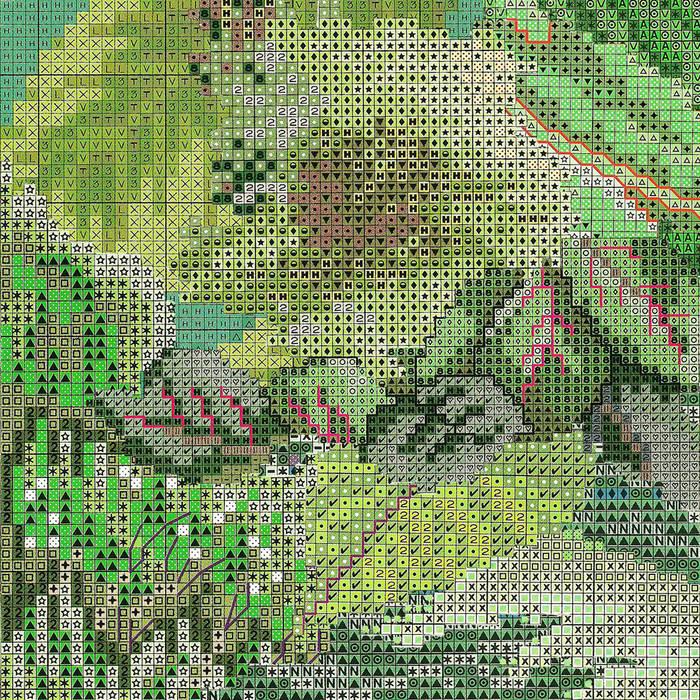
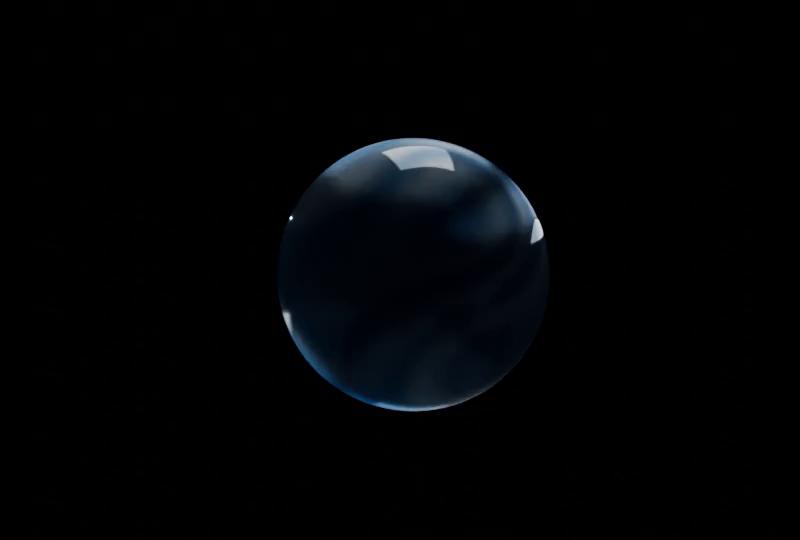
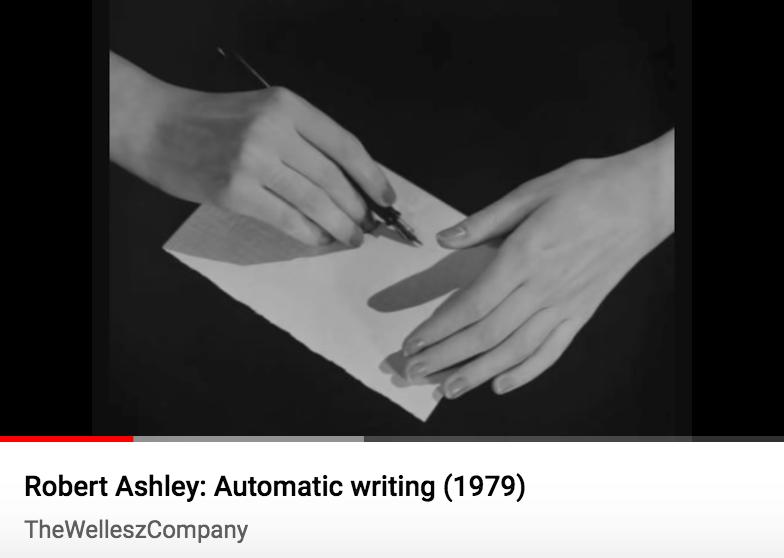
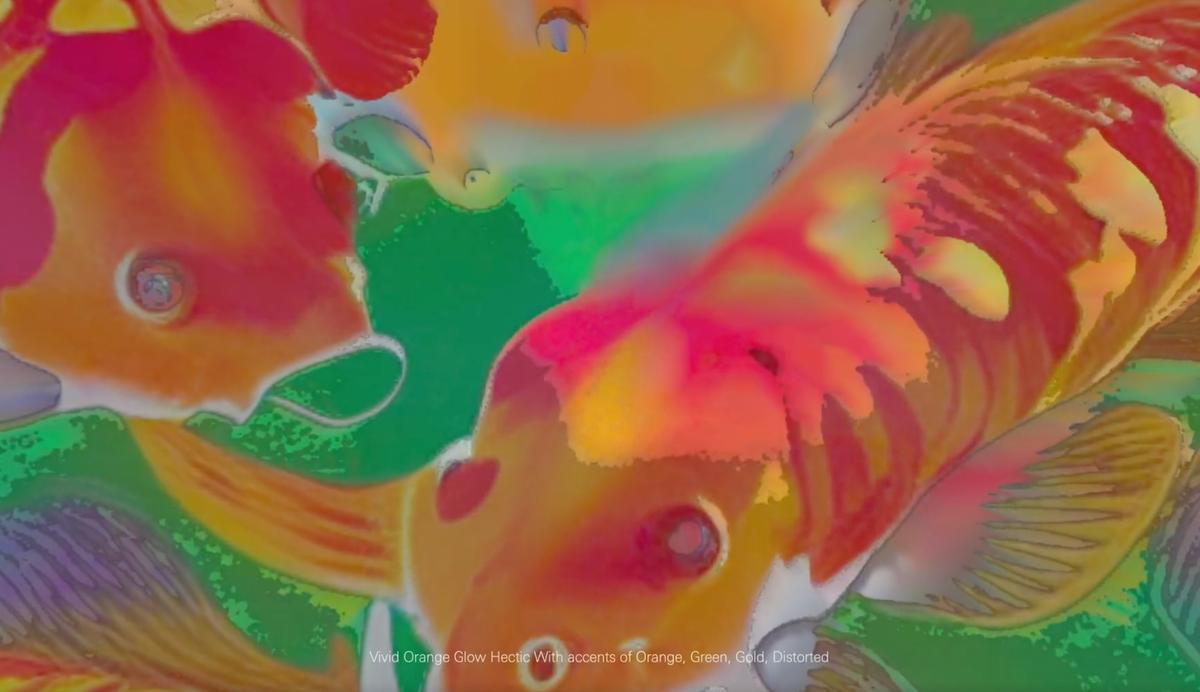
Mind of the Machine
26
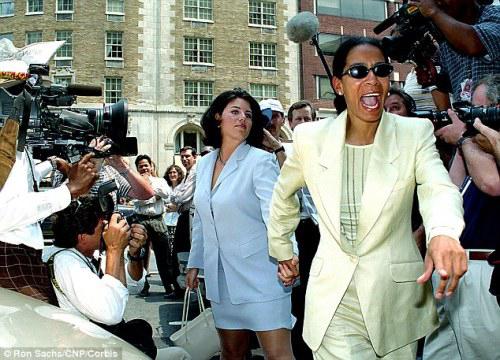
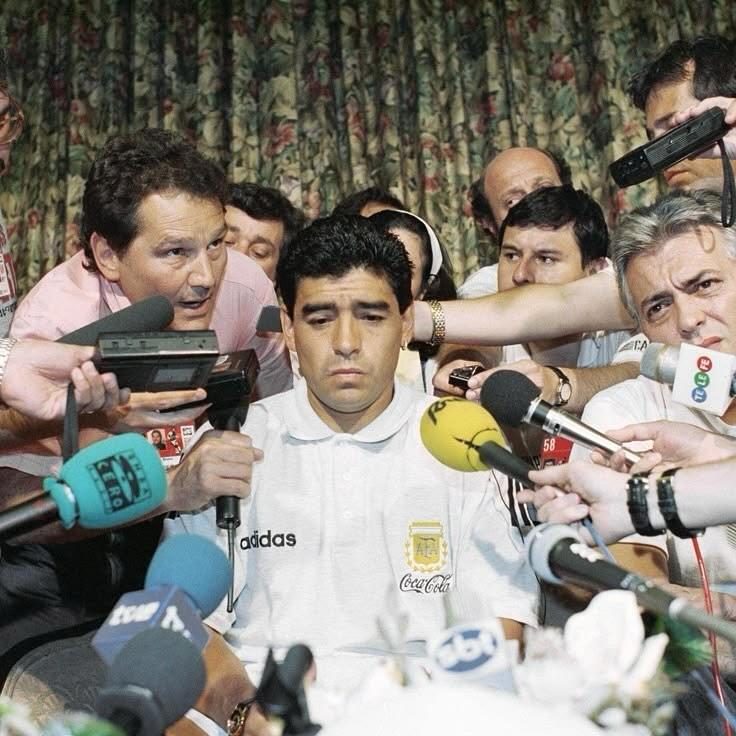

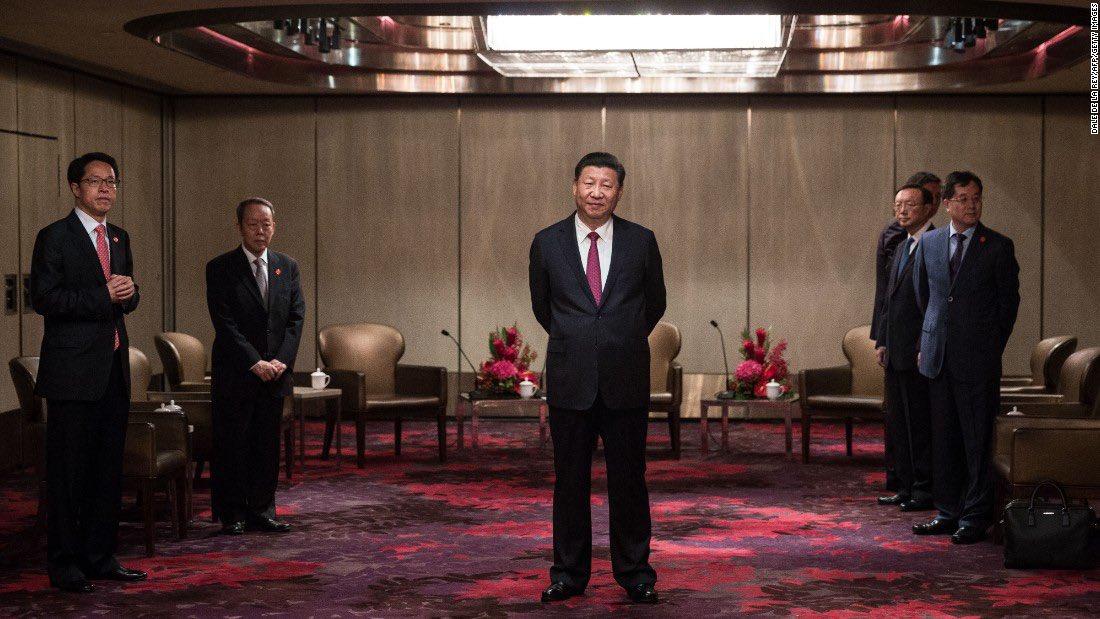
Accidental Baroque
55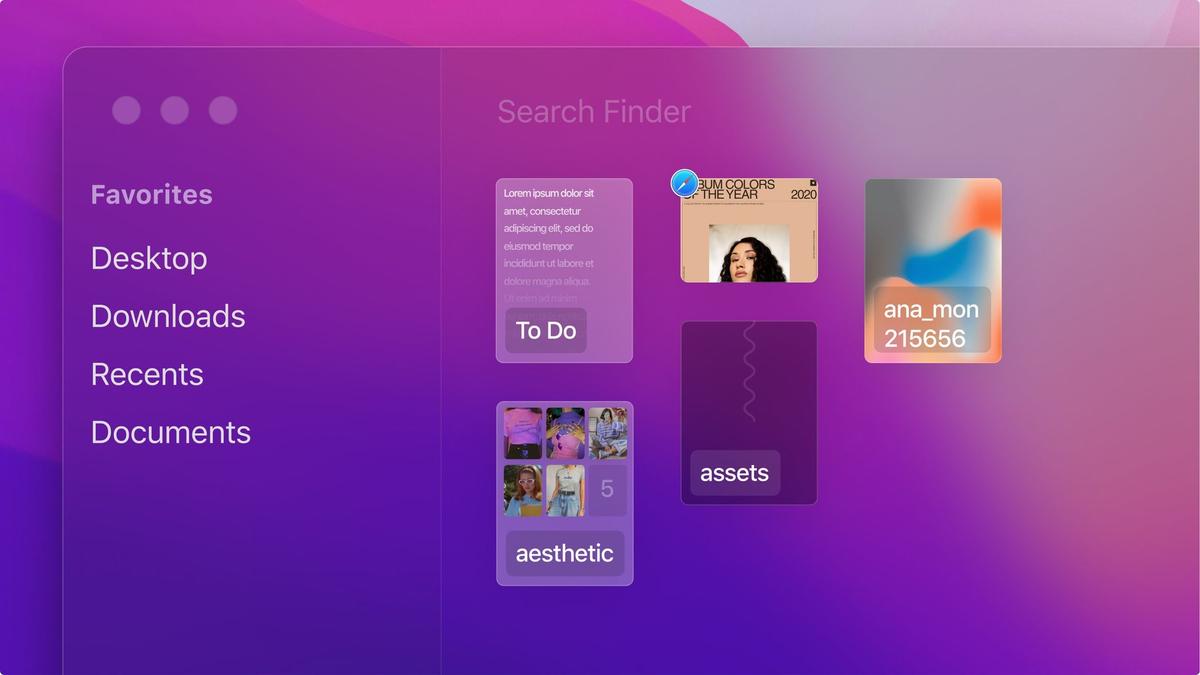
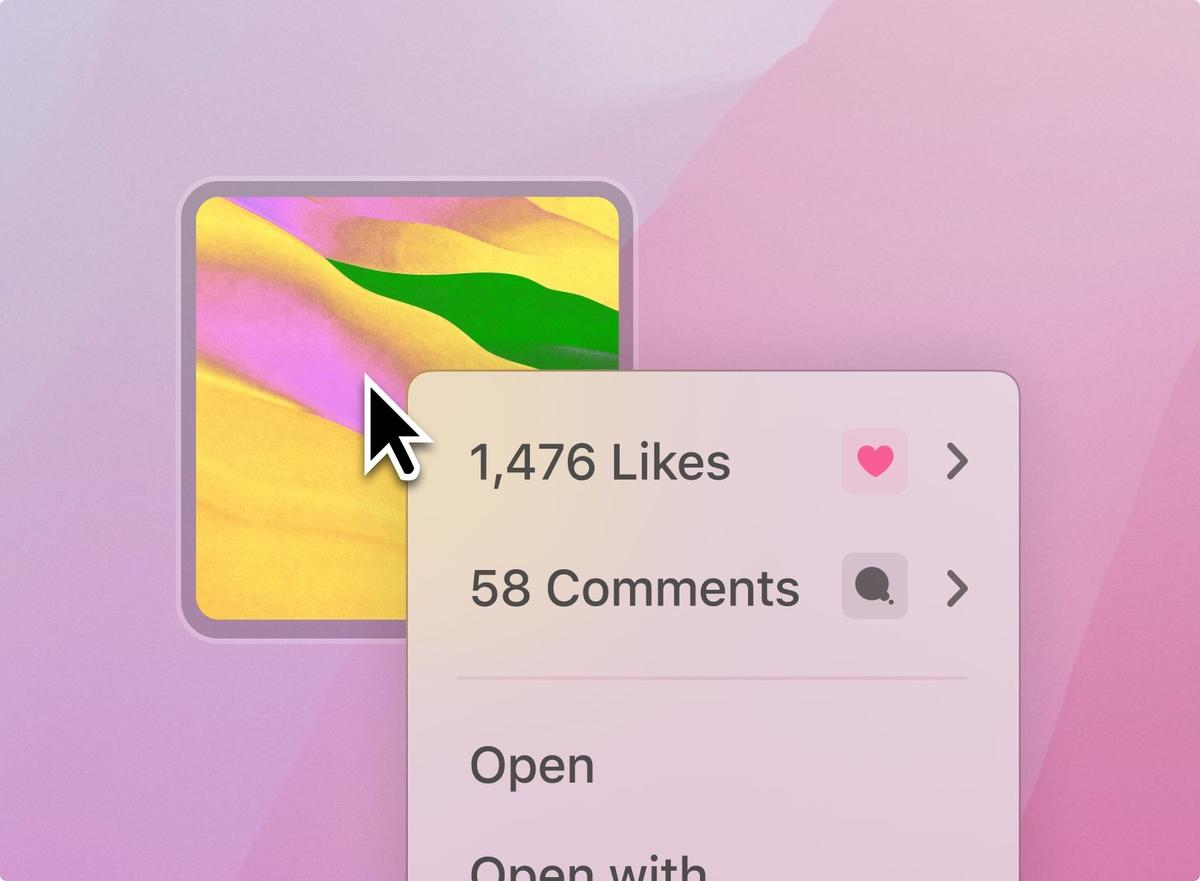
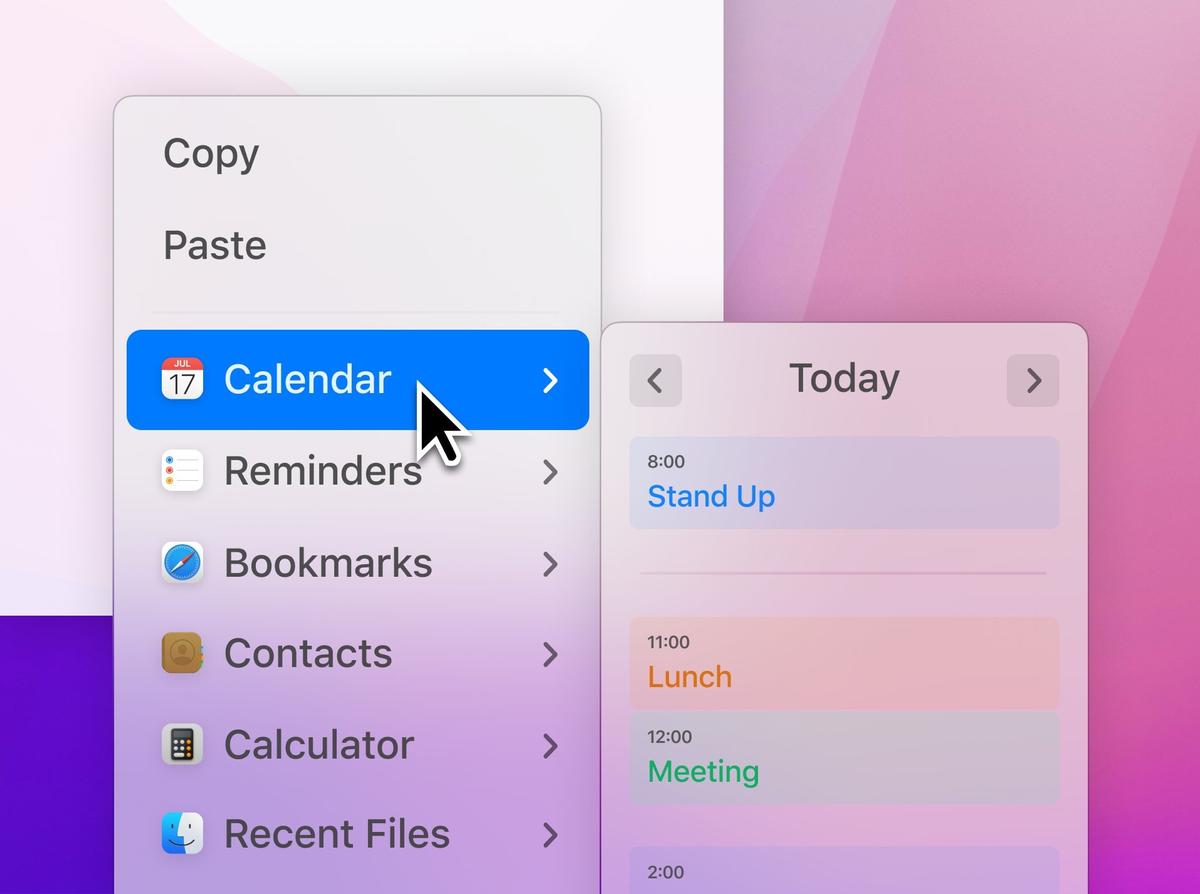
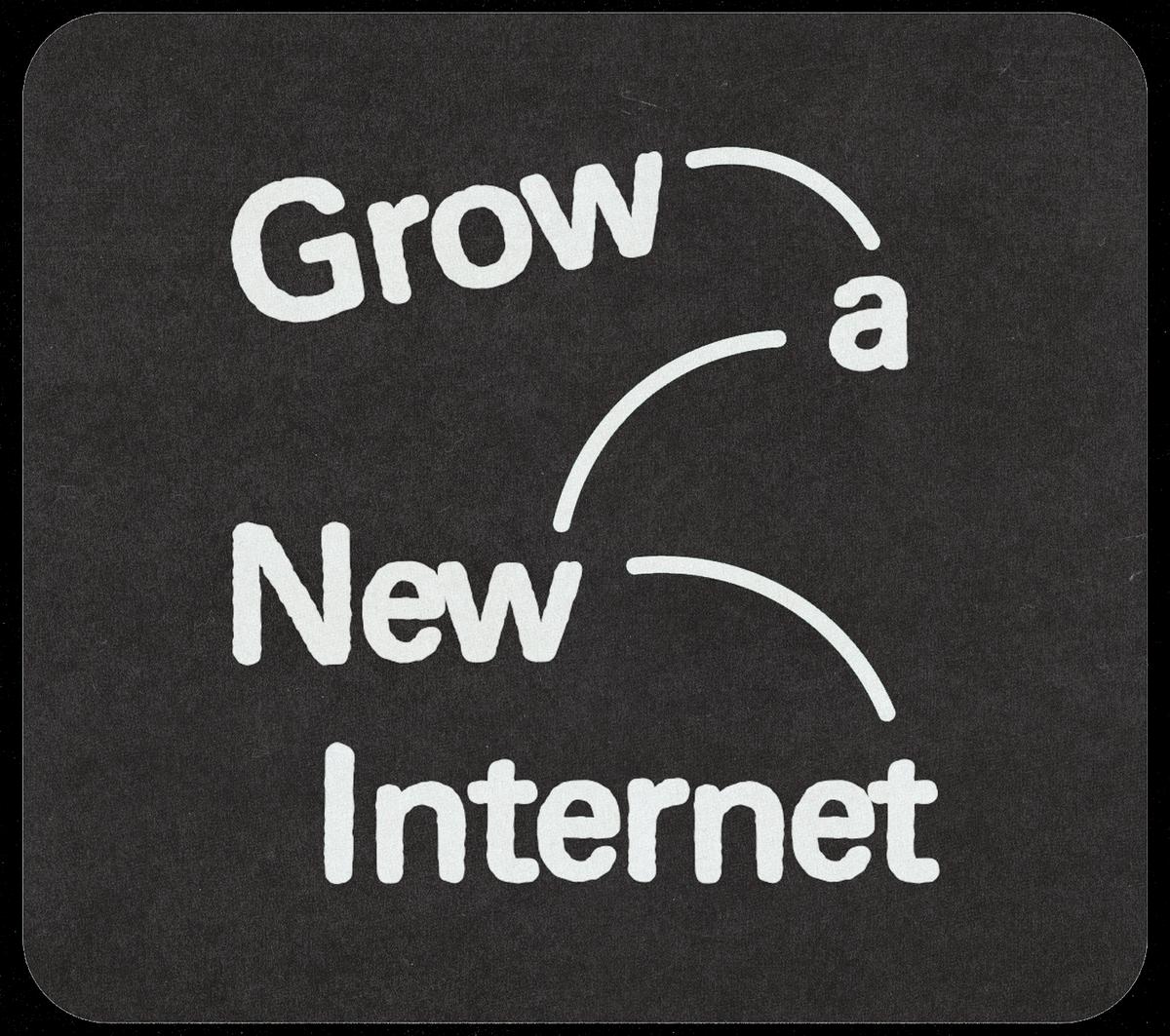
In the Graph OS, all of your things are within your system as nodes, or items, within your graph. Emails, calendar events, articles, web pages, podcast episodes, to do lists as well as the to dos inside them; everything. And each thing may have references to, or be referenced by, any other thing. What is the net effect of this arrangement?
OS Infinity
51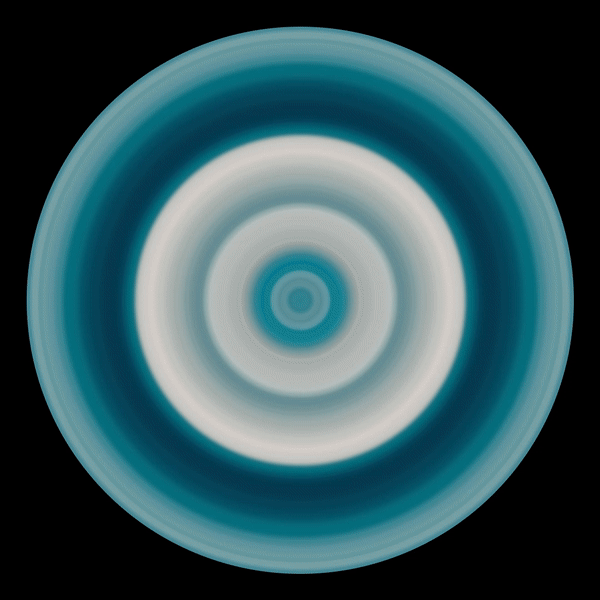
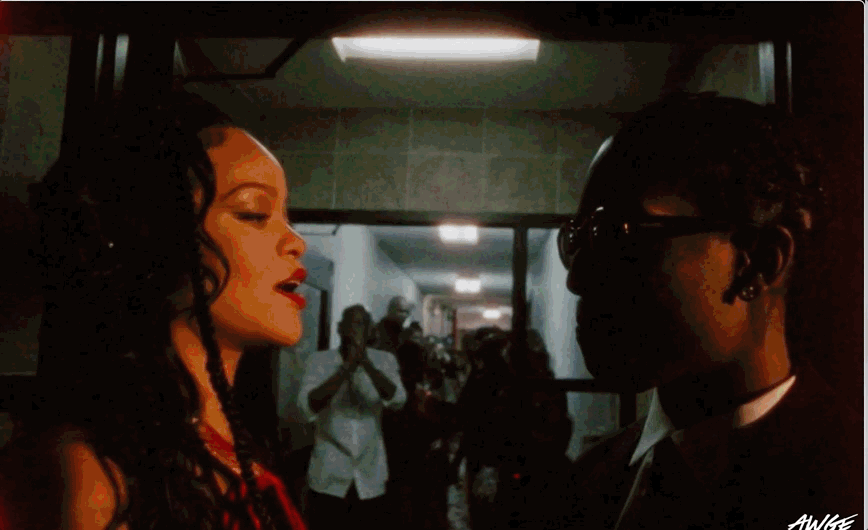
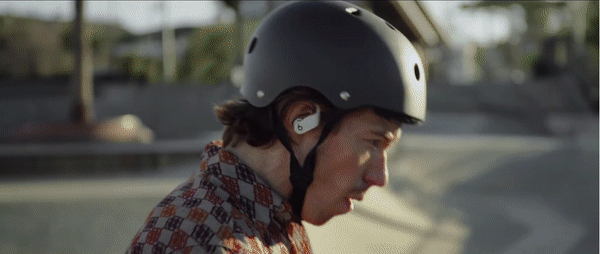
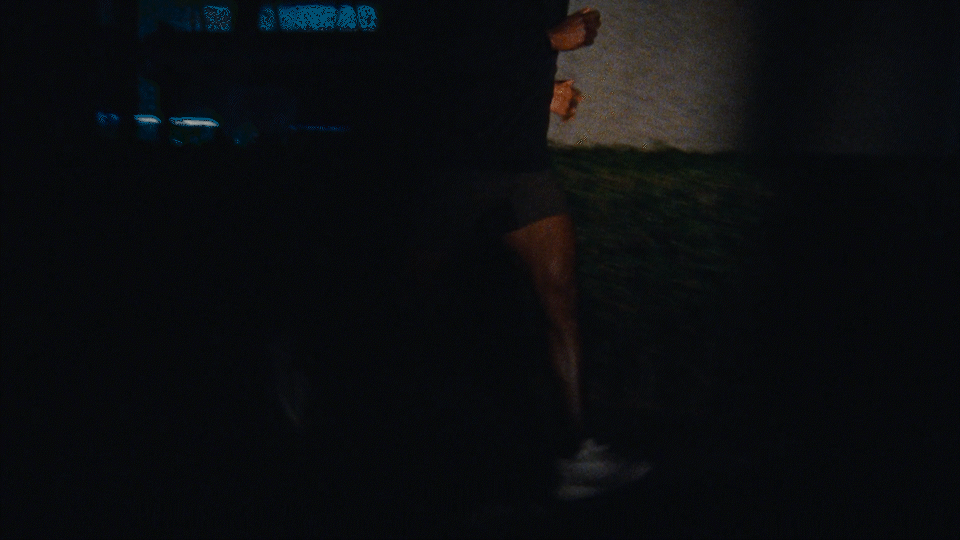
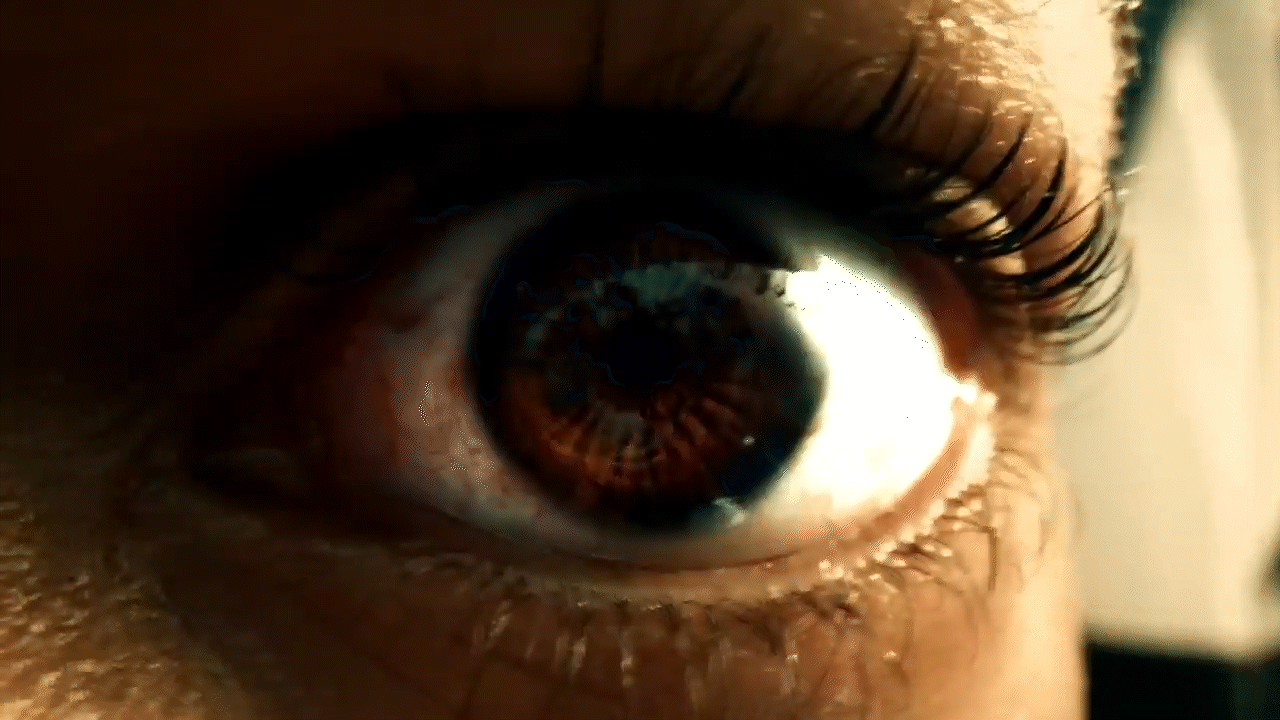
Time Warped
35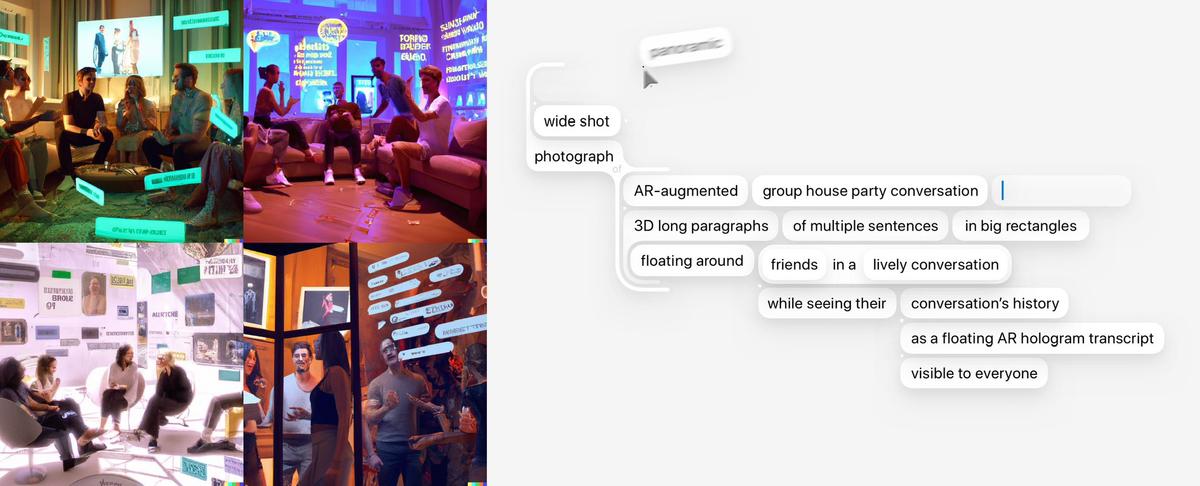
The computer of the future is not a product, but a place.
Spatial grocery list Organizing your groceries based on the path you usually walk through the store. Also using this idea to help you remember what to put on your list.
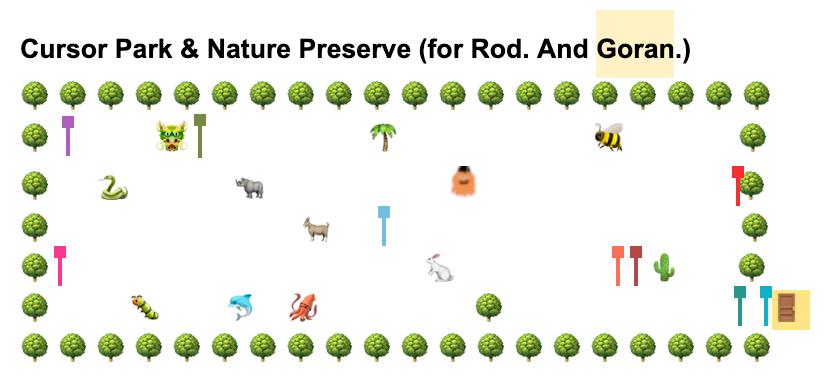

Spatial Interfaces
57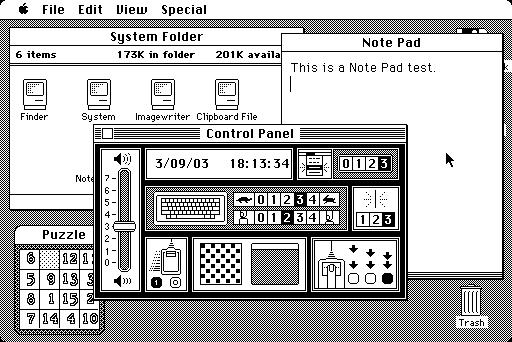
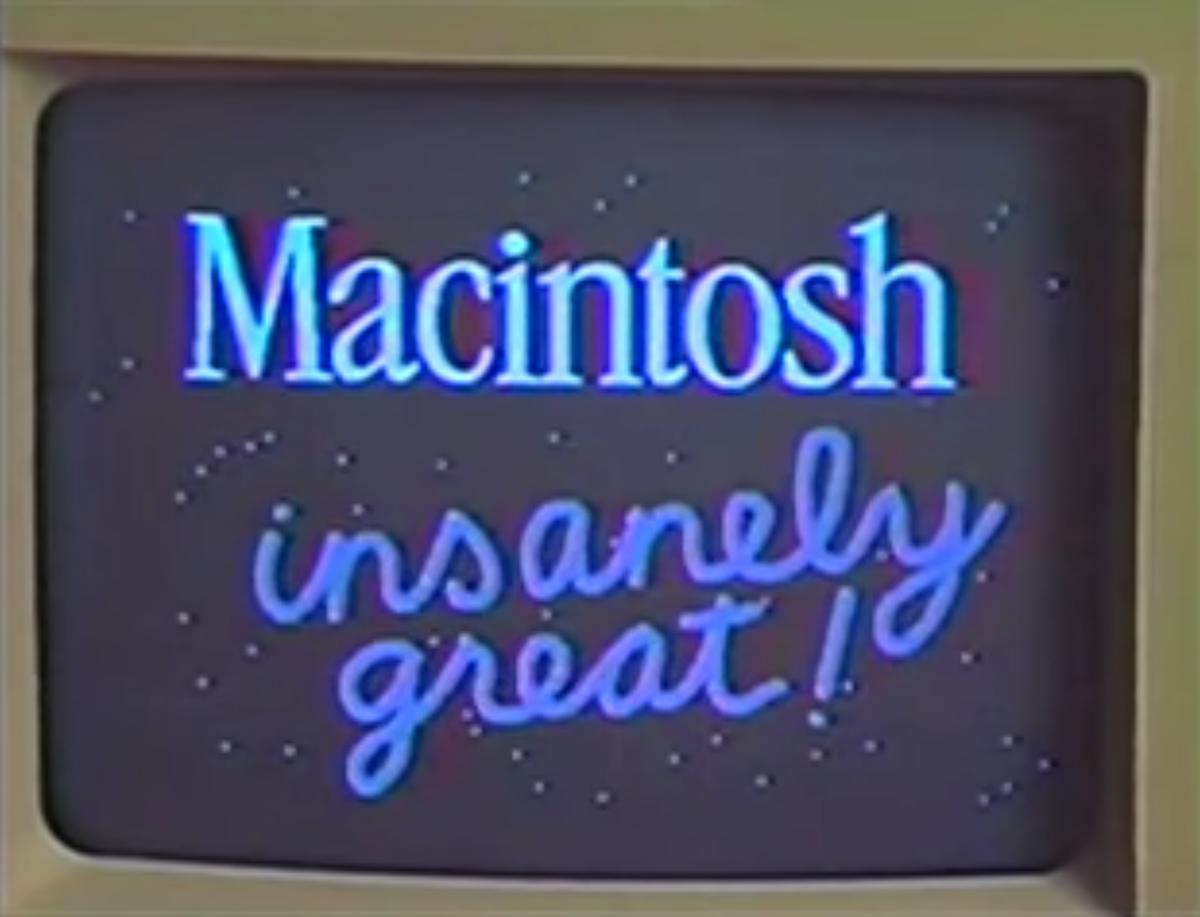
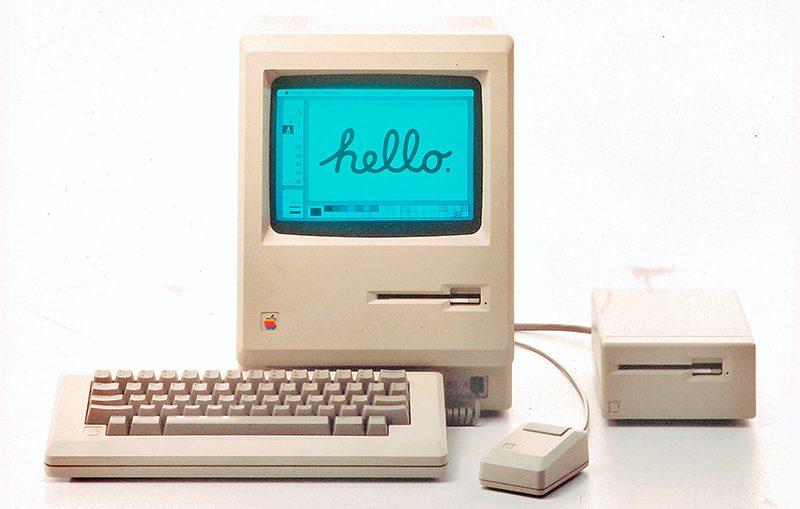
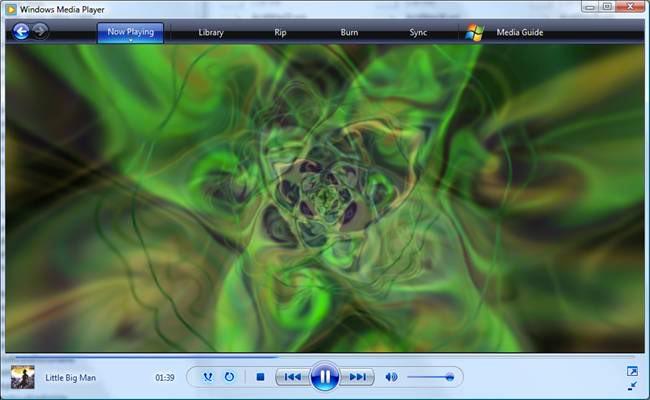
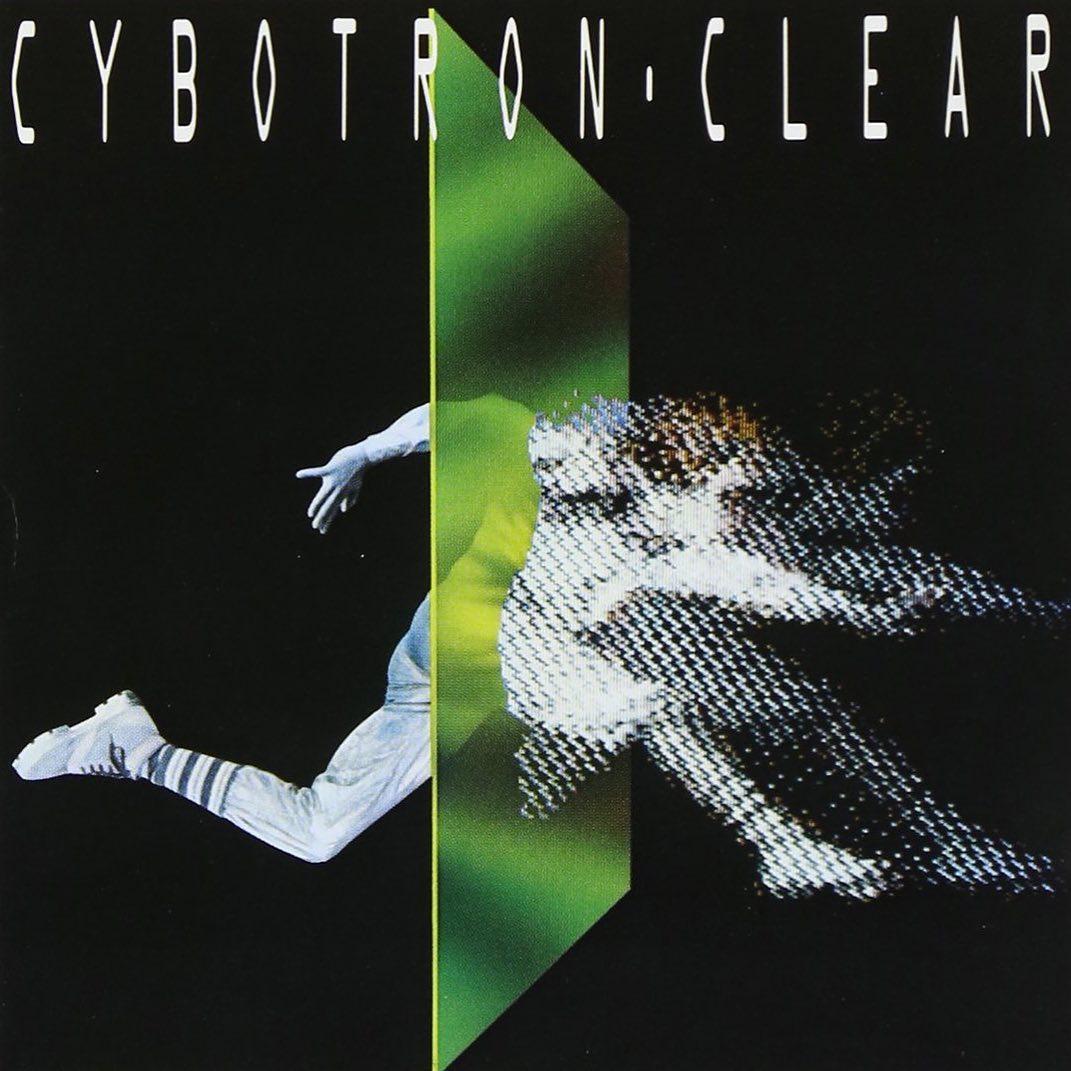
The Good Days
69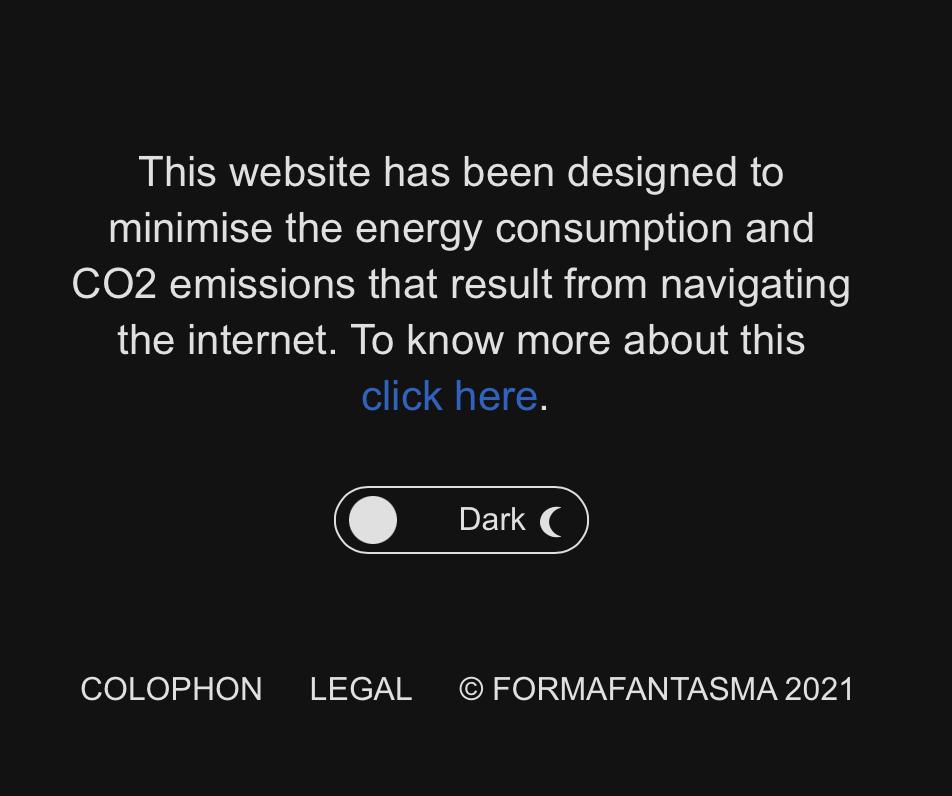
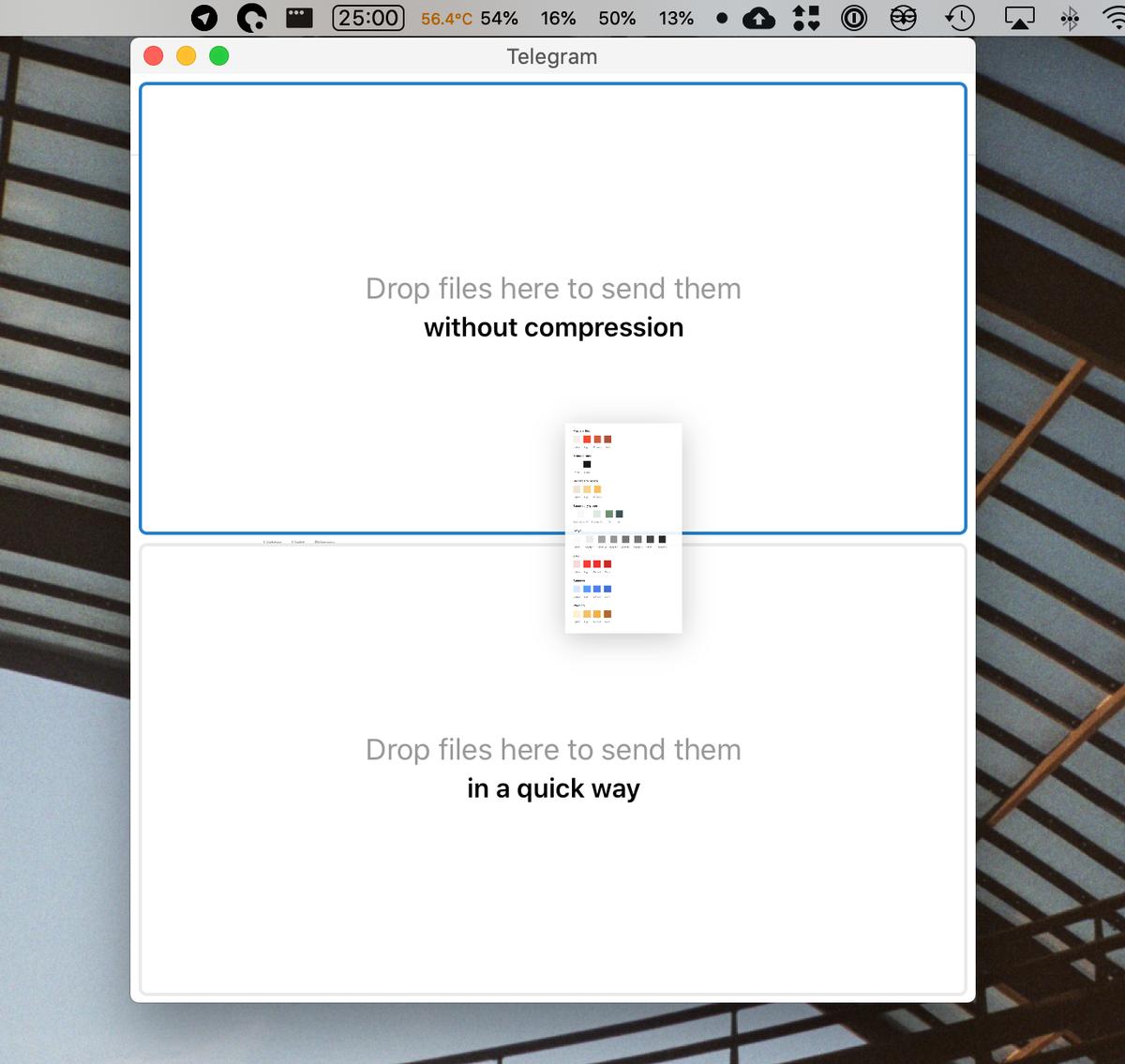

We've had roughly 25,000+ unique visitors since "going live" about five days ago. Cloudflare has served up some 60gb of data, which means folks are clicking through into the images (by design, not much data is loaded until you start viewing images in detail).
Technology only adds more—it is never this or that; it is always this and that. A quick example from my life: Twitter didn’t replace Facebook. The iPad didn’t replace my phone. My phone didn’t replace my TV. Now, I watch YouTube on my iPad, toss the video up to my TV, while checking Twitter and Facebook on my phone. It’s a little constellation of technology. But I keep asking myself: how many more things can I juggle? And for how long?